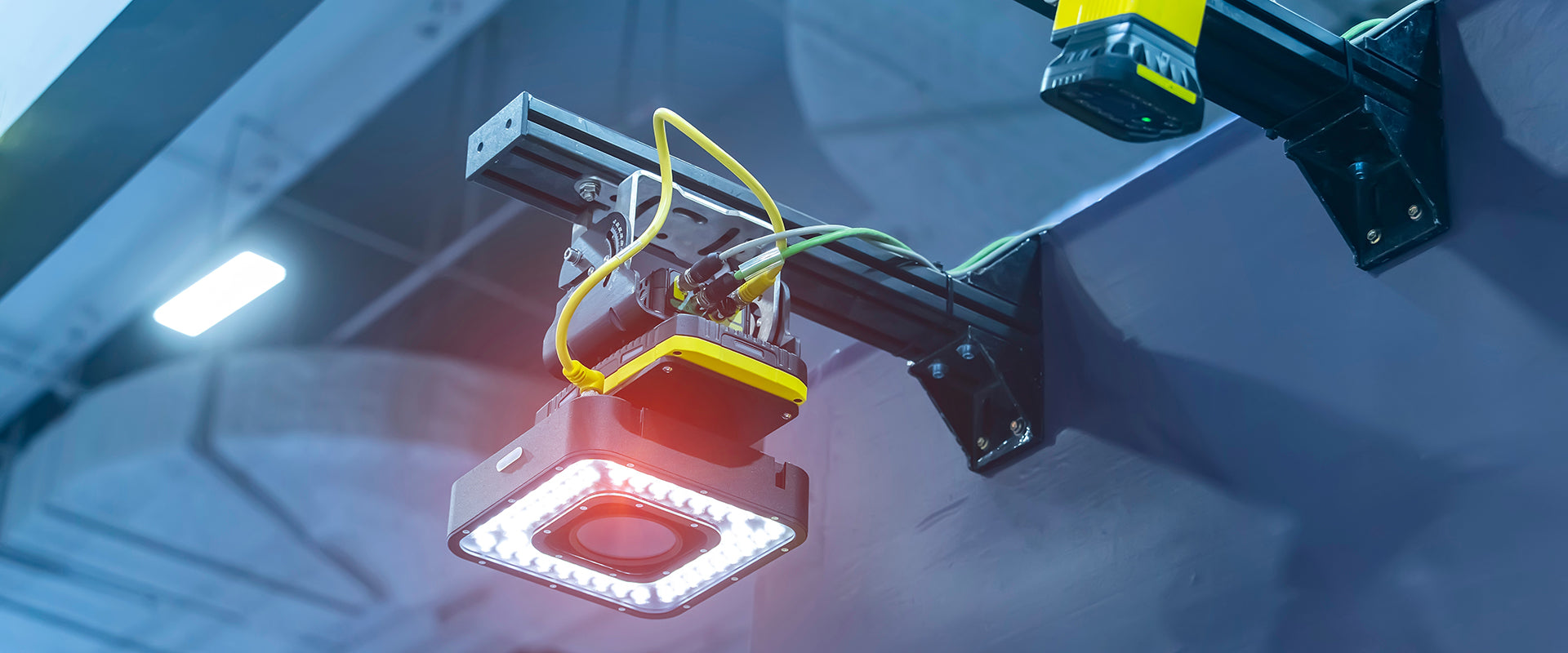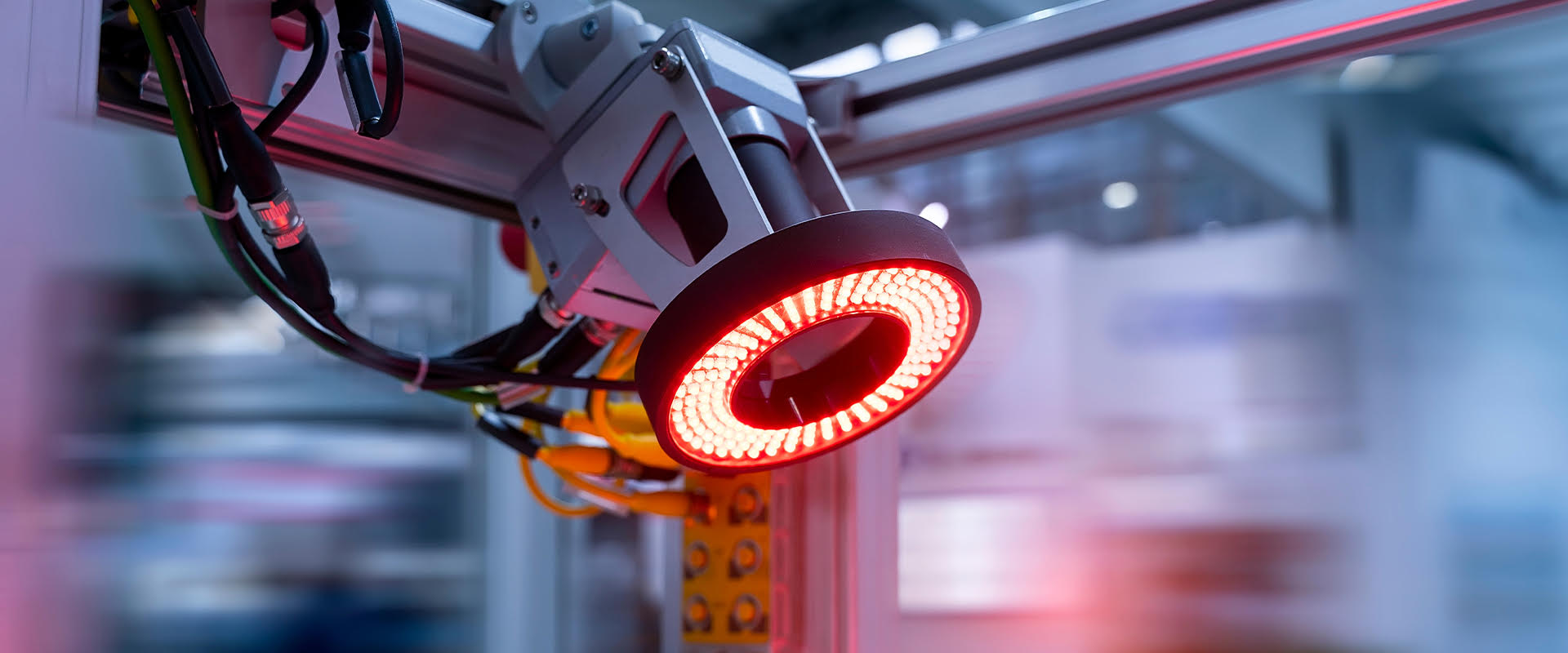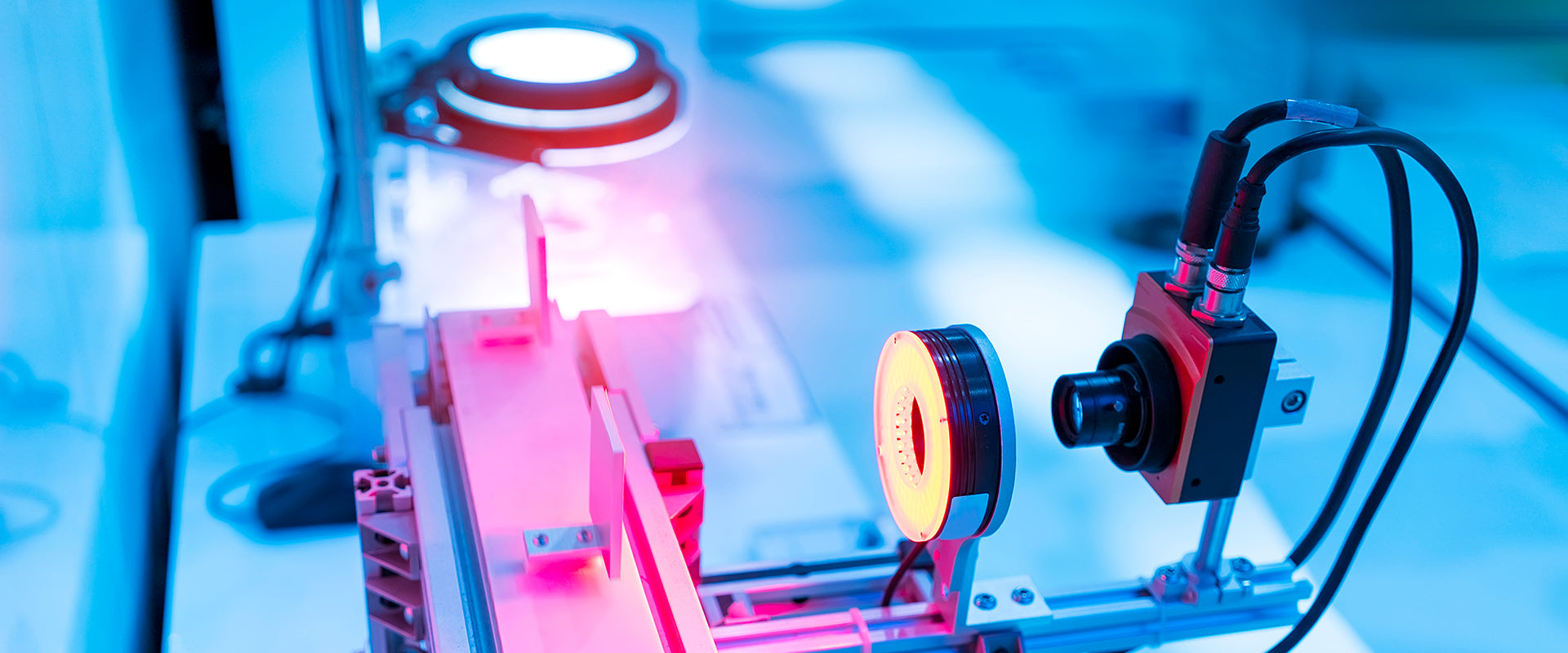When building a machine vision system, one of the most-critical parameters to get right is working distance (WD) – the distance from the lens’ front surface (or mechanical housing) to the object being inspected. Getting this distance correct ensures sharp focus, accurate measurements and reliable defect detection.
Why Working Distance Matters
Working distance is not just about where to mount the camera. It impacts multiple interrelated parameters: focal length, field of view (FOV), magnification, depth of field (DOF) and lighting setup. When the working distance is too short or too long for the chosen lens, you may see blurred edges, insufficient resolution or lighting that fails to evenly illuminate the object.
Matching WD with Application Needs
- Space and safety constraints: In some systems you may need the camera farther away for safety, clearance or to avoid interfering with motion. In this case, you must choose a lens with an appropriate longer working distance.
- Field of view vs. magnification: A larger working distance generally results in a larger field of view for a fixed focal length but also lowers magnification and may reduce the number of pixels covering each features.
- Depth of field and part motion: Working distance affects the DOF. If parts move or sit at varying heights, a longer working distance often improves DOF tolerance, reducing focus issues.
How to Choose the Right Working Distance
- Measure your object and available space: Know the size, height and motion envelope of the part you’re inspecting.
- Define the required field of view and resolution: Determine how much of the object must fit in the image and what size features must be resolved.
- Select a working distance: Based on space constraints and system layout, choose a WD that balances magnification and DOF.
- Calculate or select the appropriate focal length: Using formulas or manufacturer tools, align focal length, WD, sensor size and FOV.
- Confirm lighting and lens compatibility: Ensure illumination will reach the object evenly at the chosen WD and that the lens supports the required resolution and sensor size.
Common WD Mistakes to Avoid
- Selecting a lens without checking WD: Leads to systems where the camera can't achieve focus or parts are out of focus due to incorrect distance.
- Ignoring lighting requirements: Too short a WD may block or shade lighting; too long may reduce light intensity.
- Overlooking system growth: If a layout may change (e.g., larger parts later), allow WD flexibility or choose a lens that supports a range.
Working distance is foundational for machine vision system success. Getting WD right means better clarity, correct focus, proper field of view and ultimately a system that reliably inspects without frequent tweaks or failures.
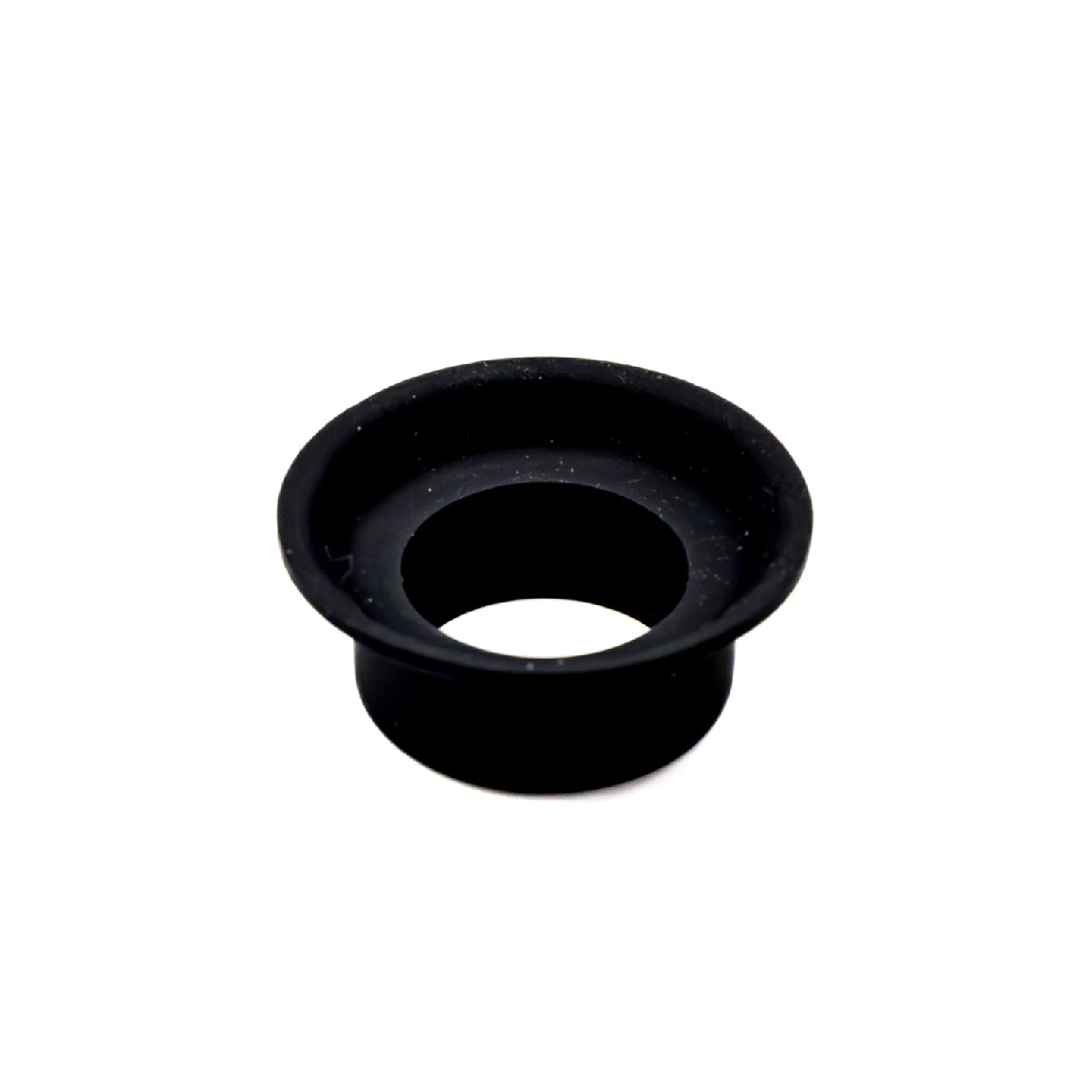

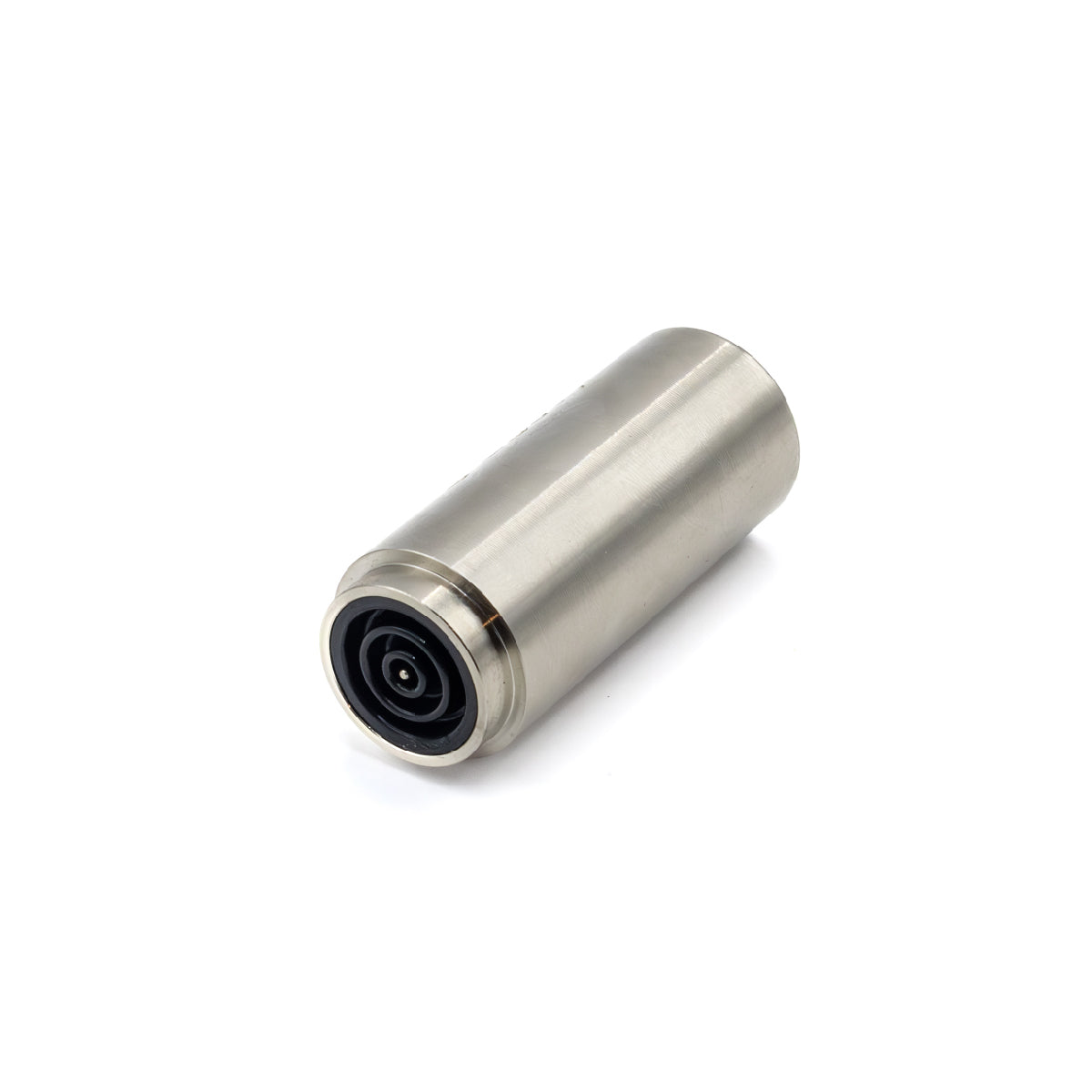

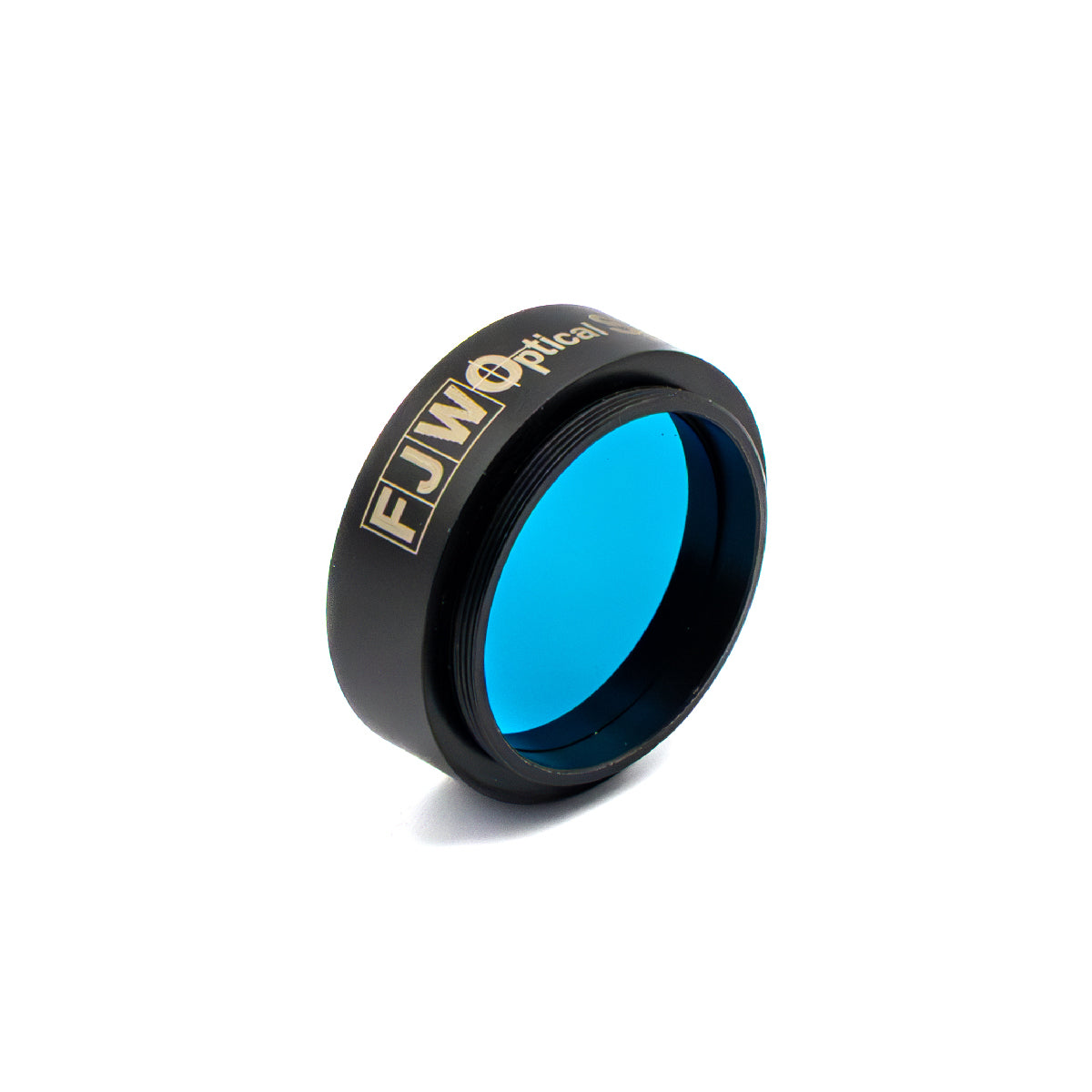
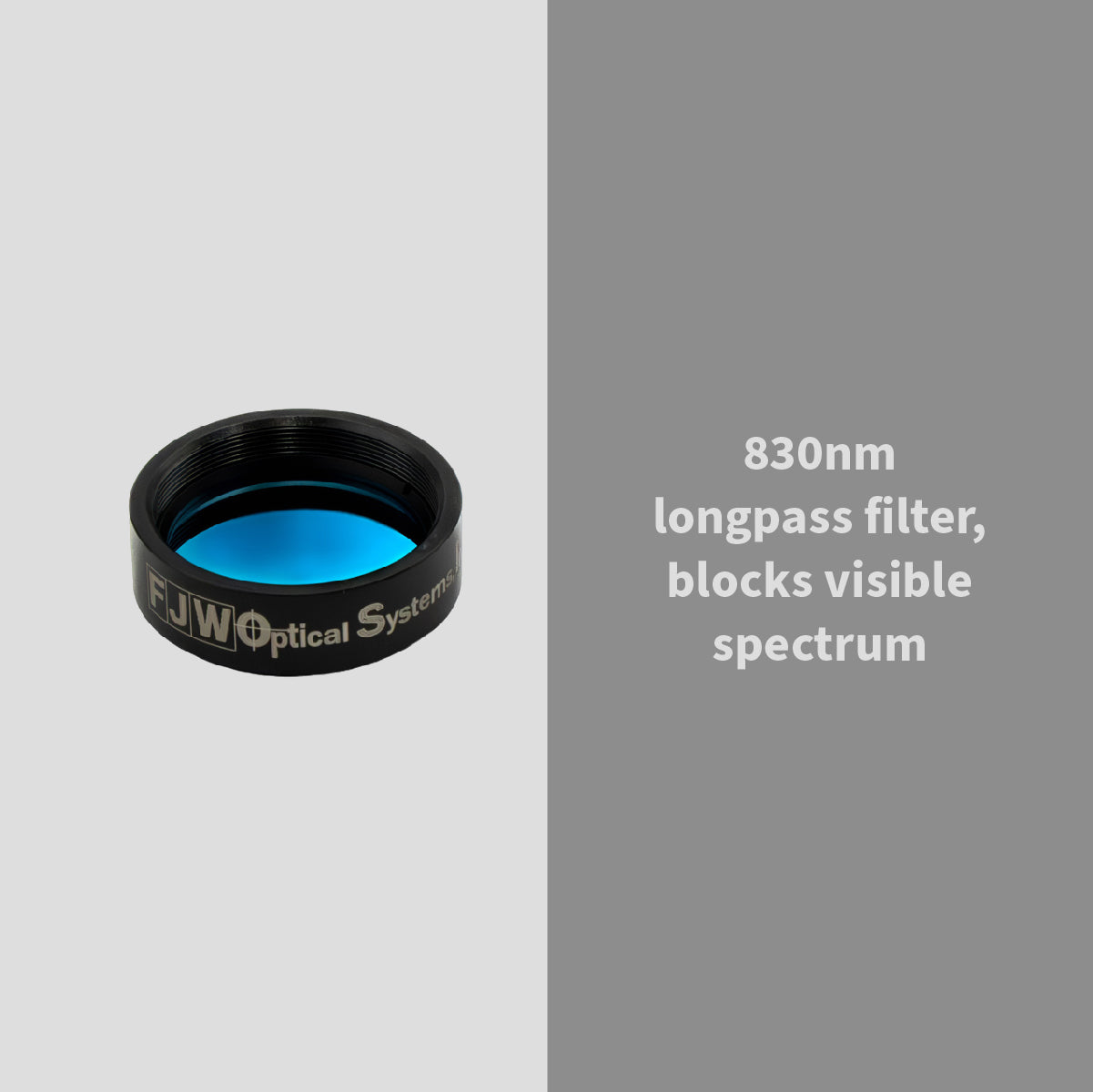
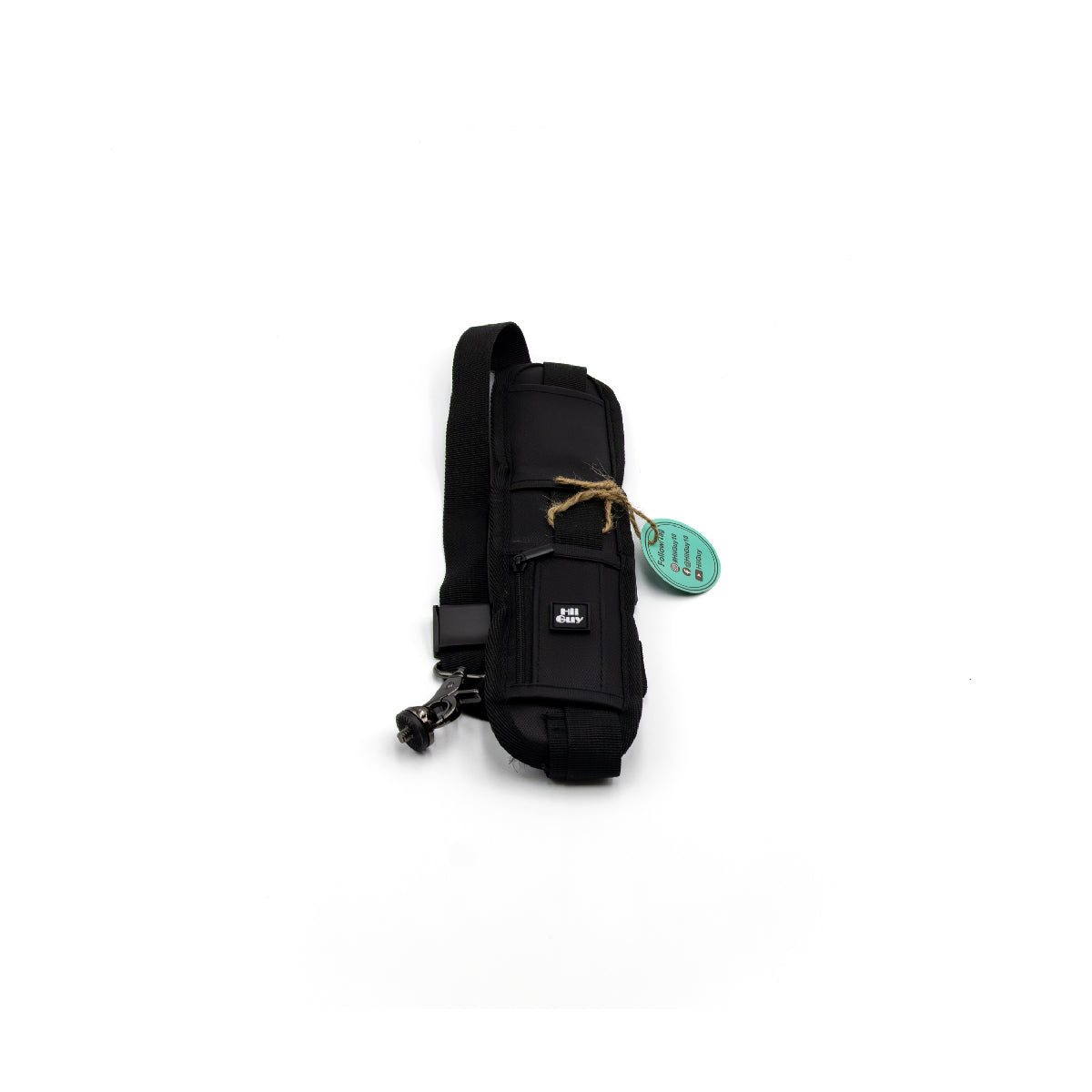
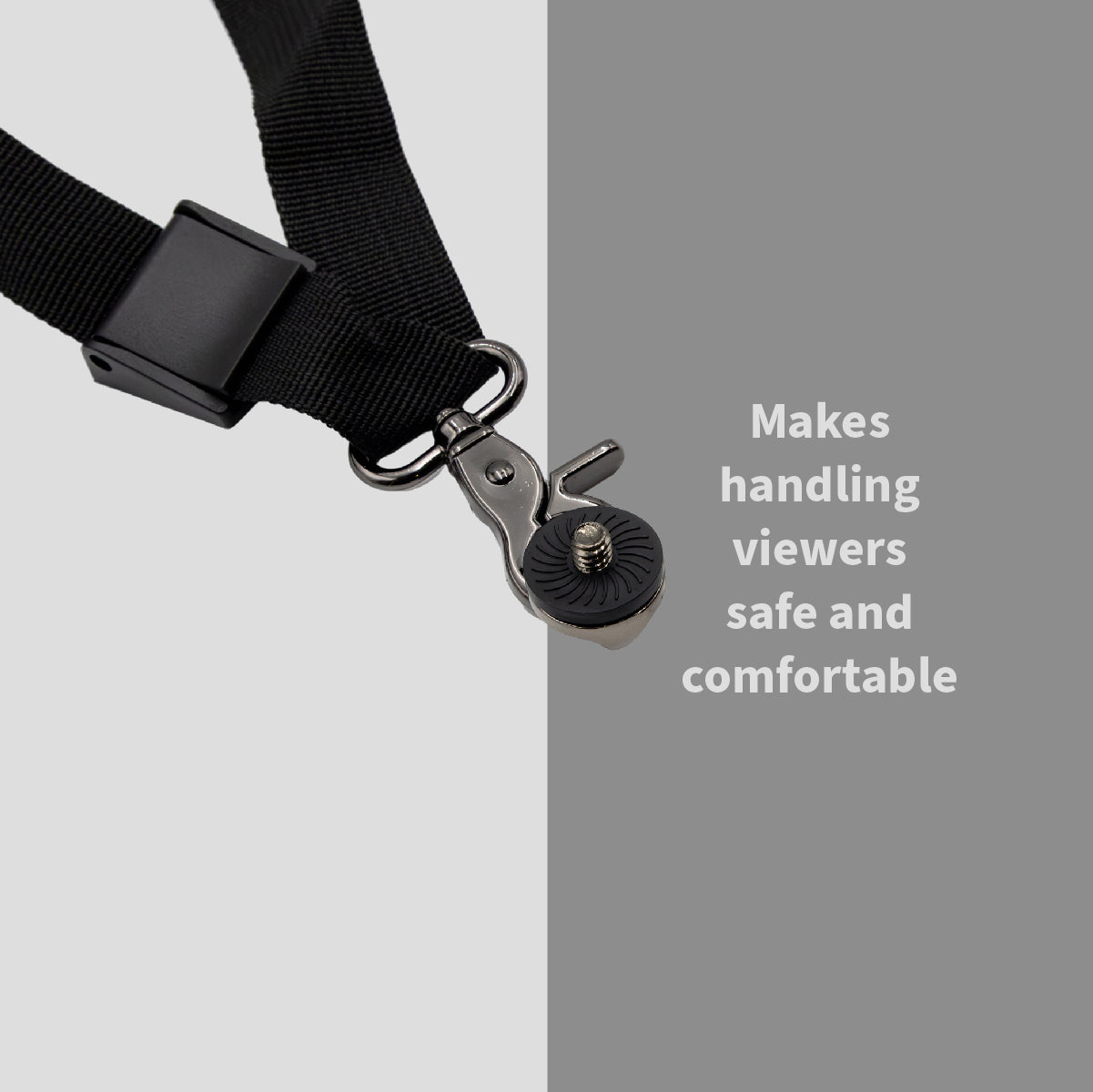


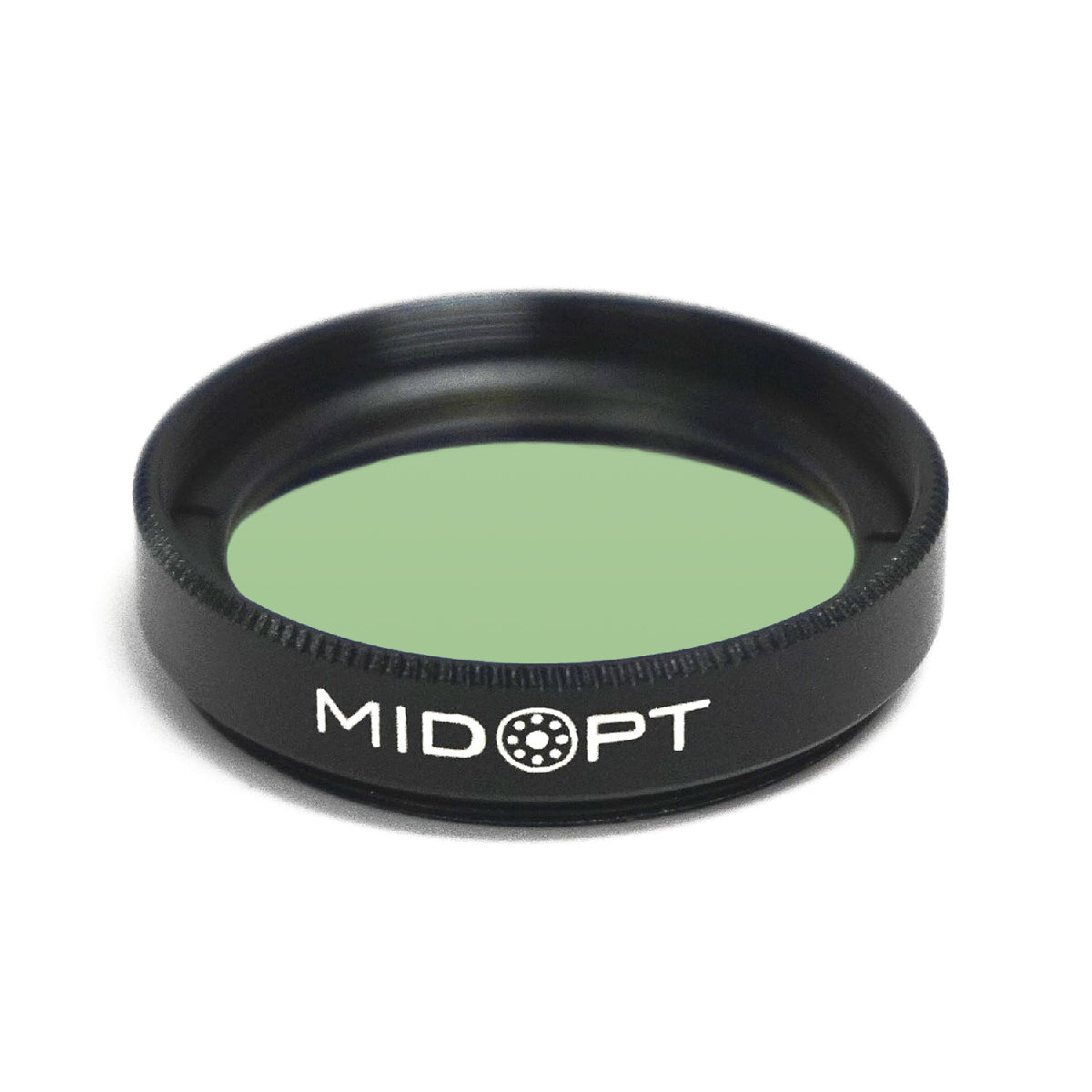

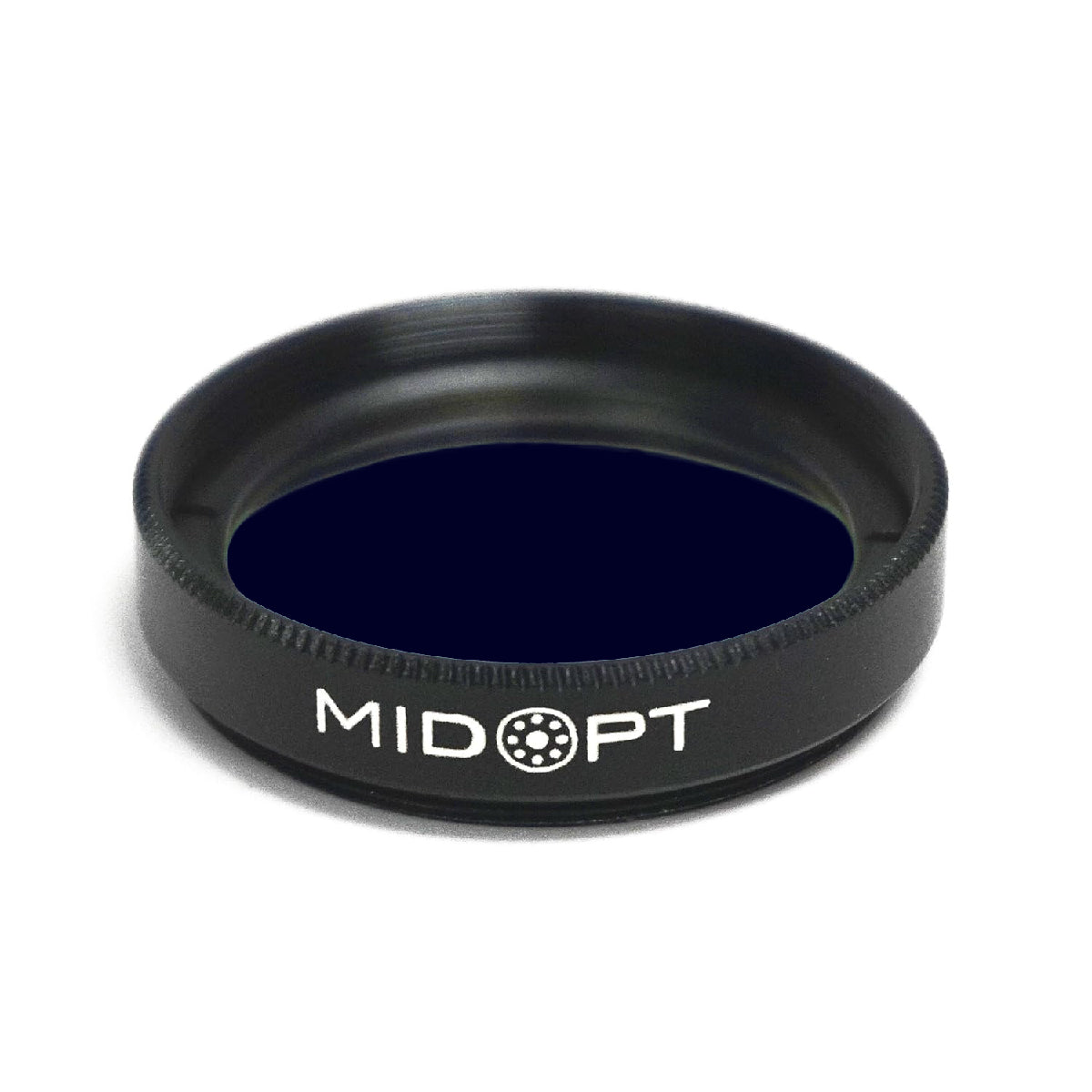

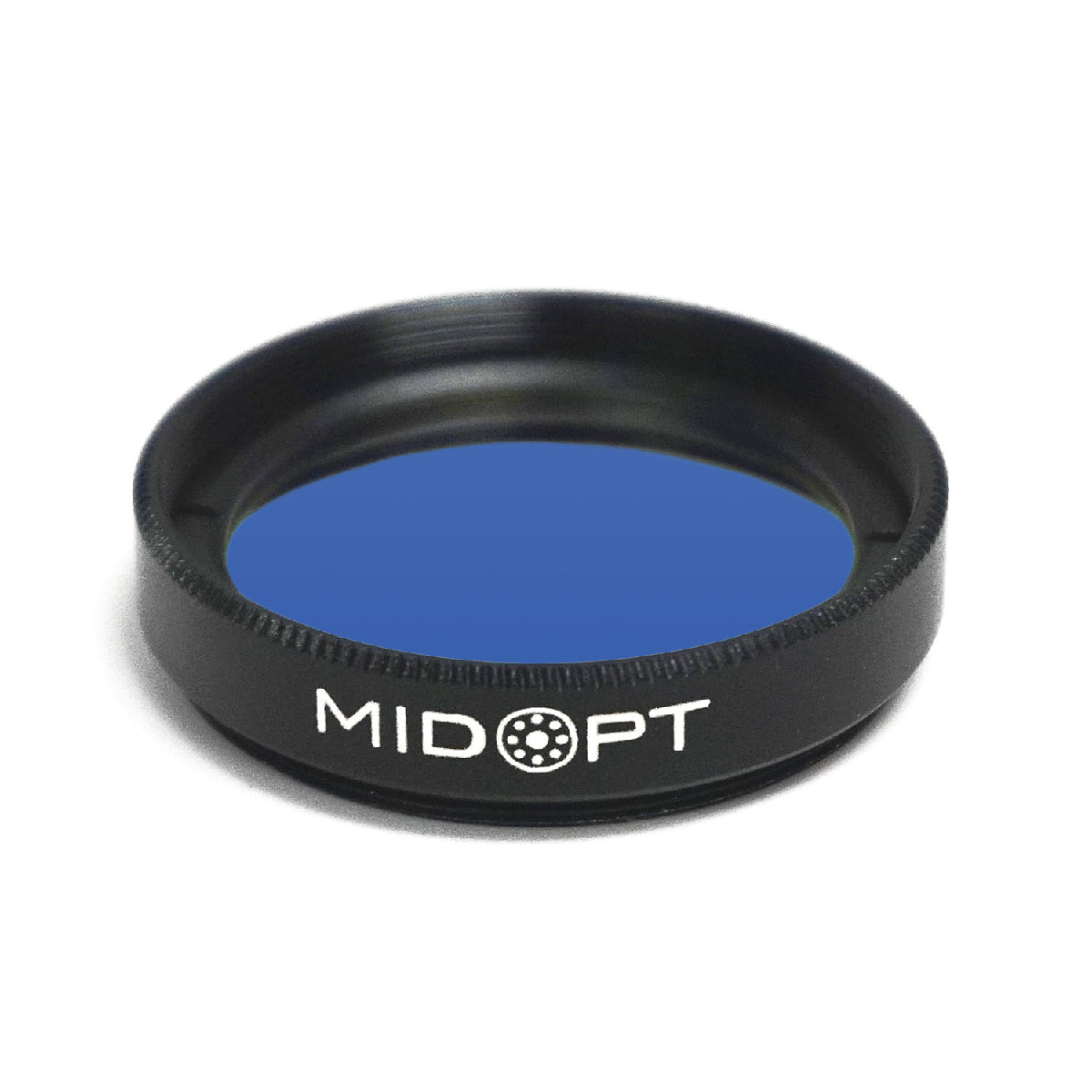
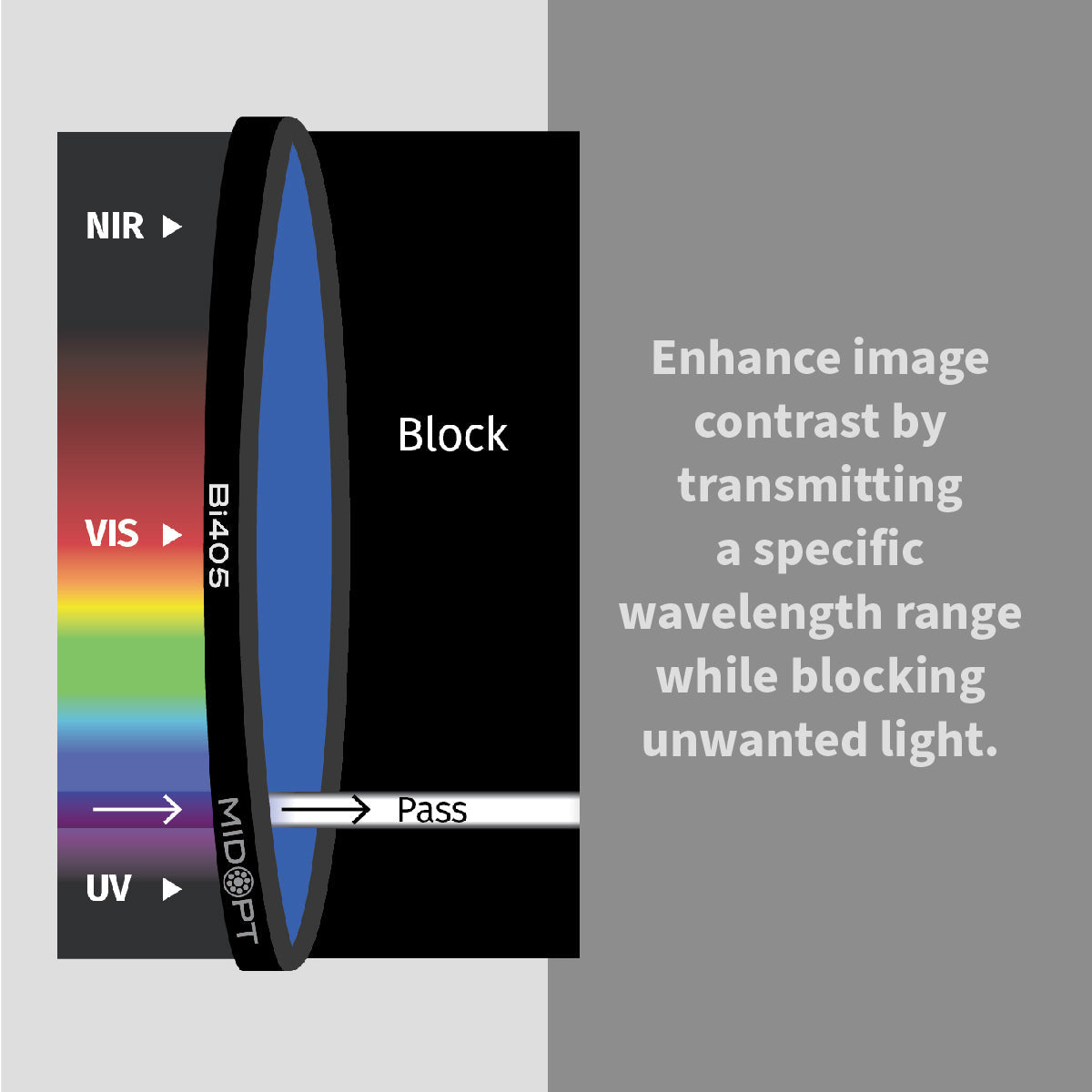
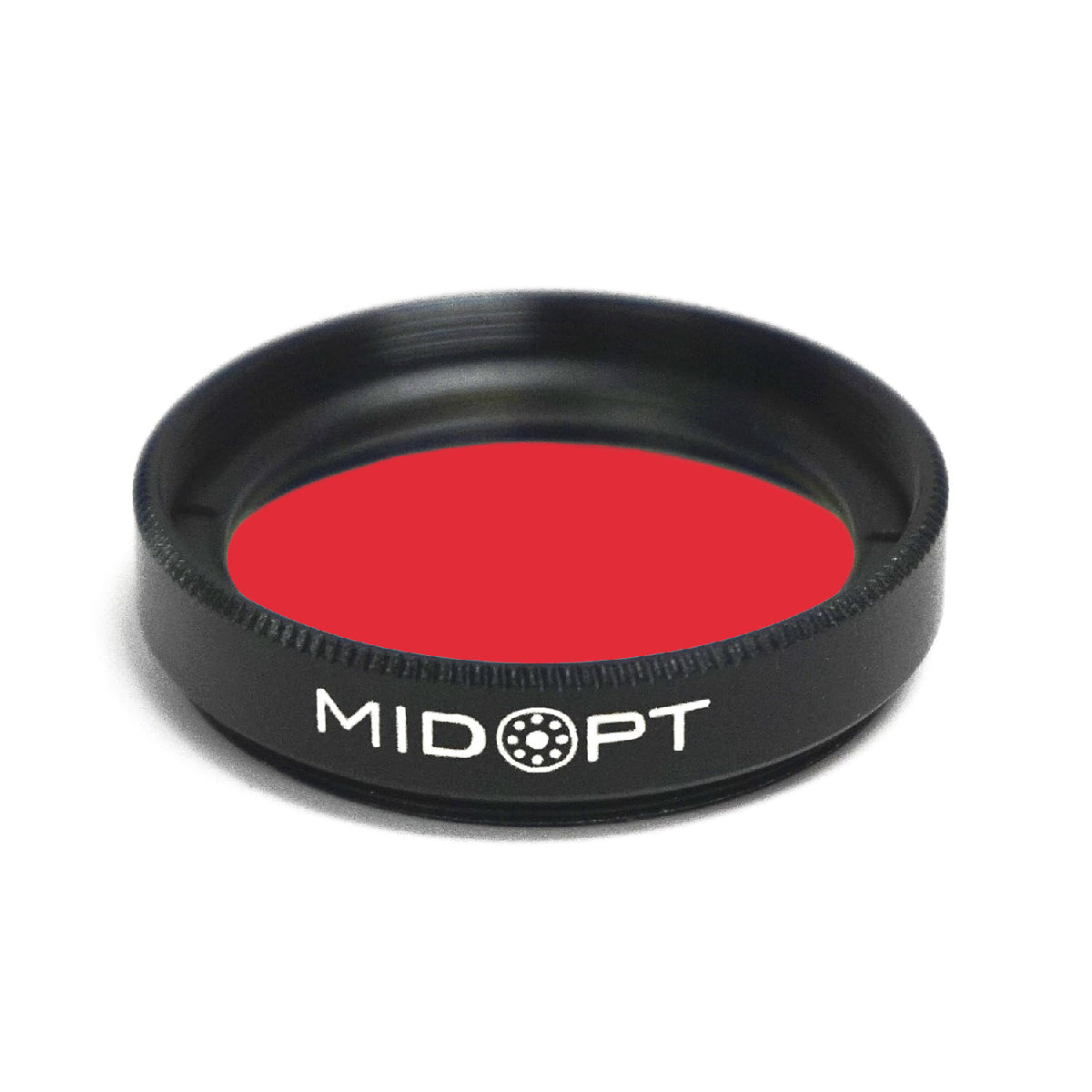

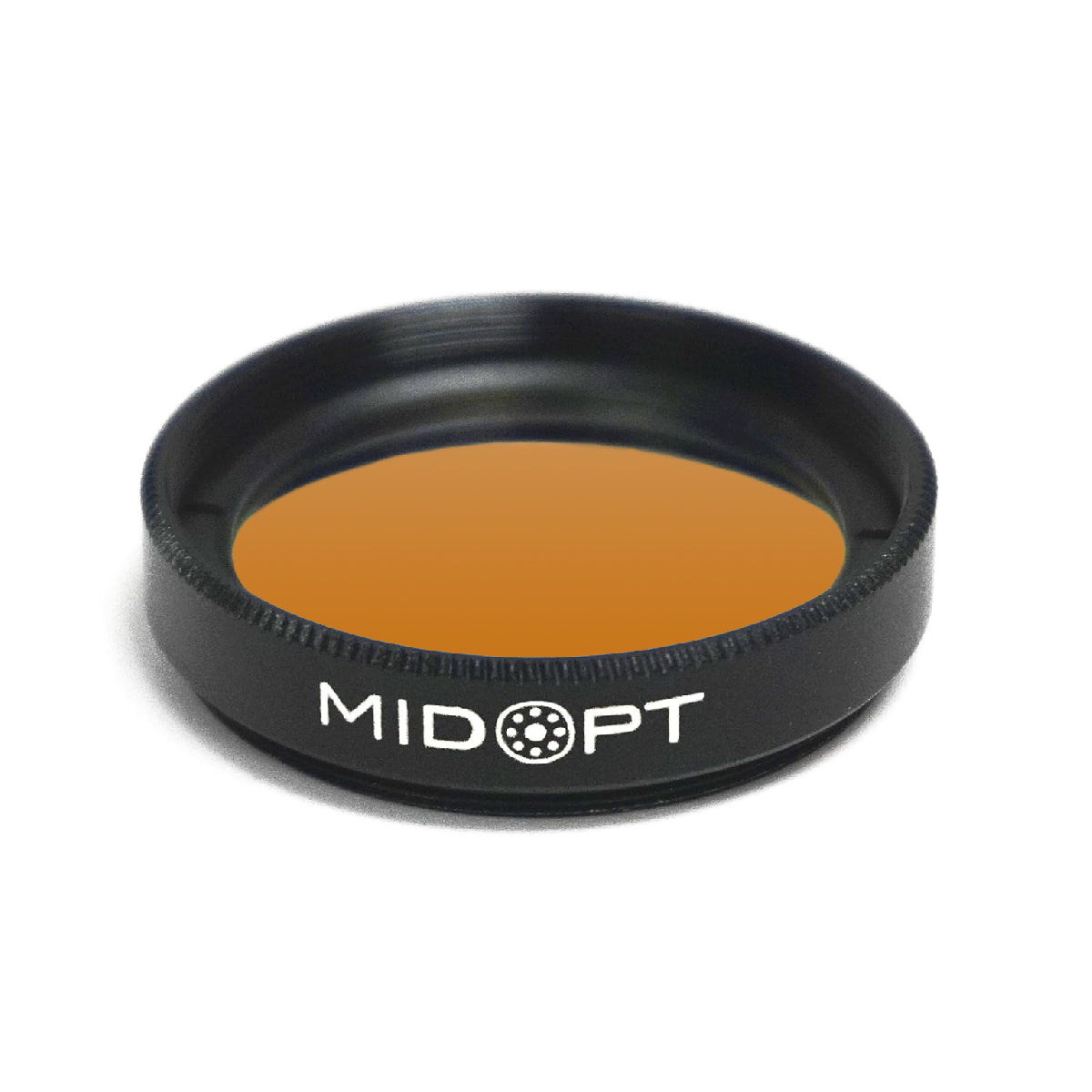

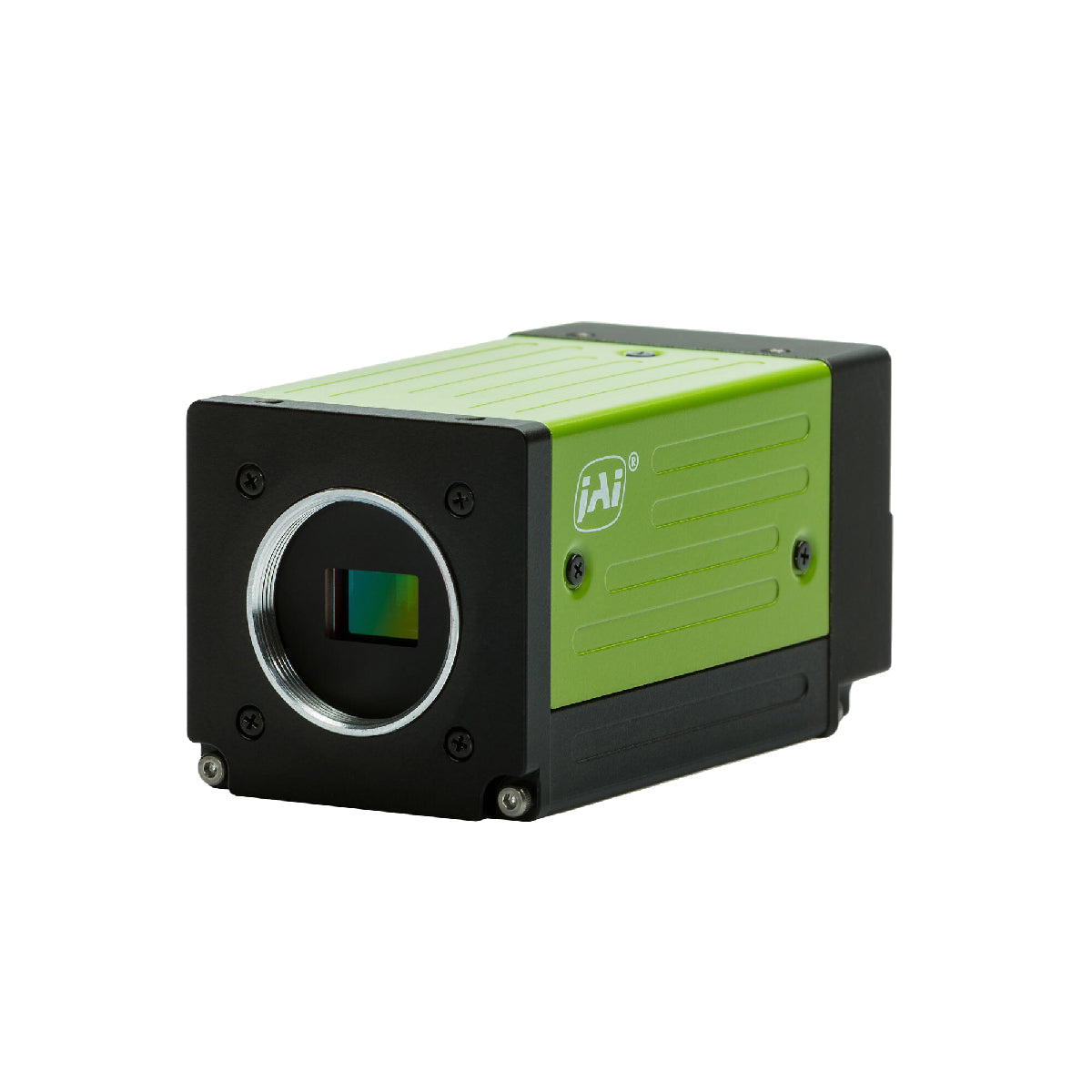

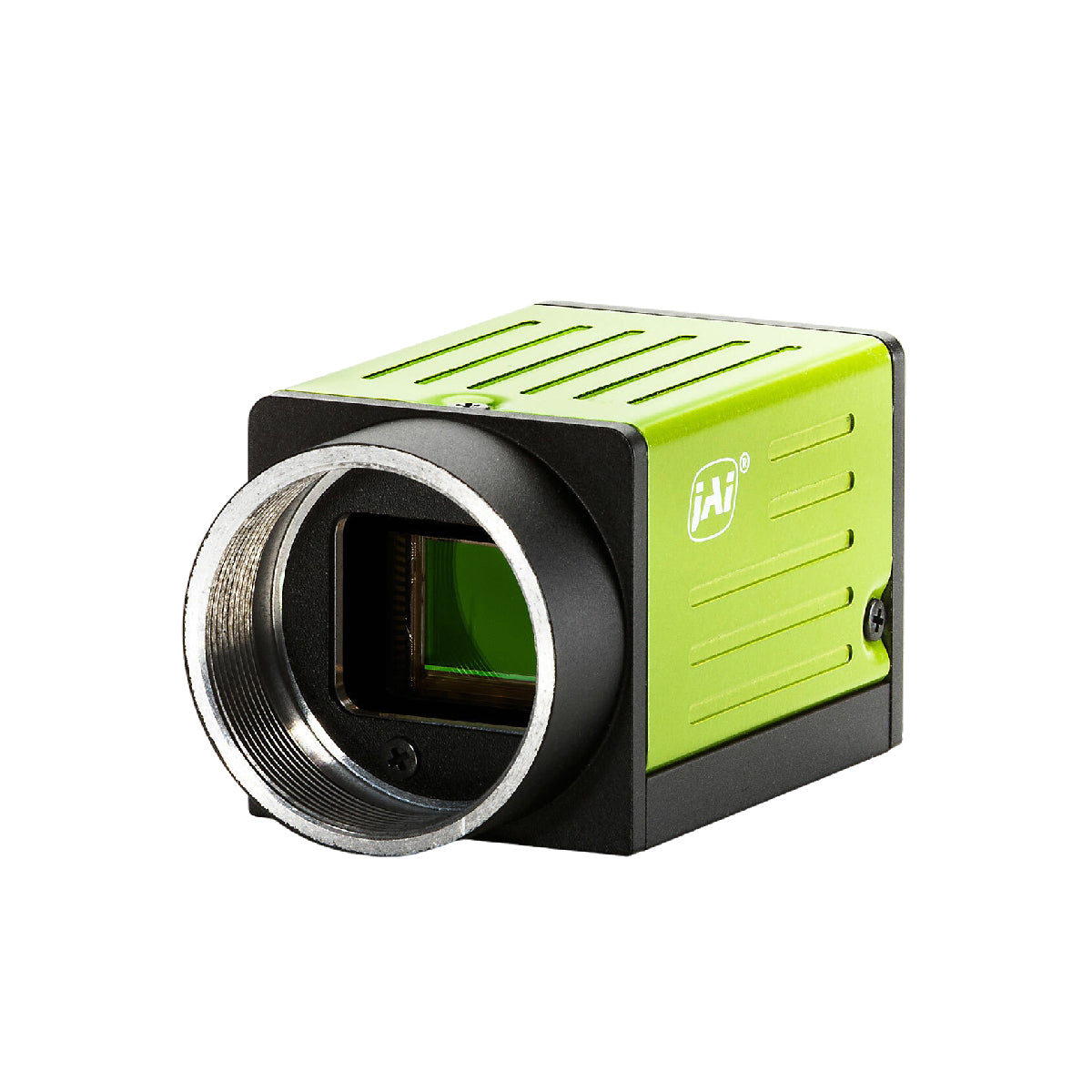
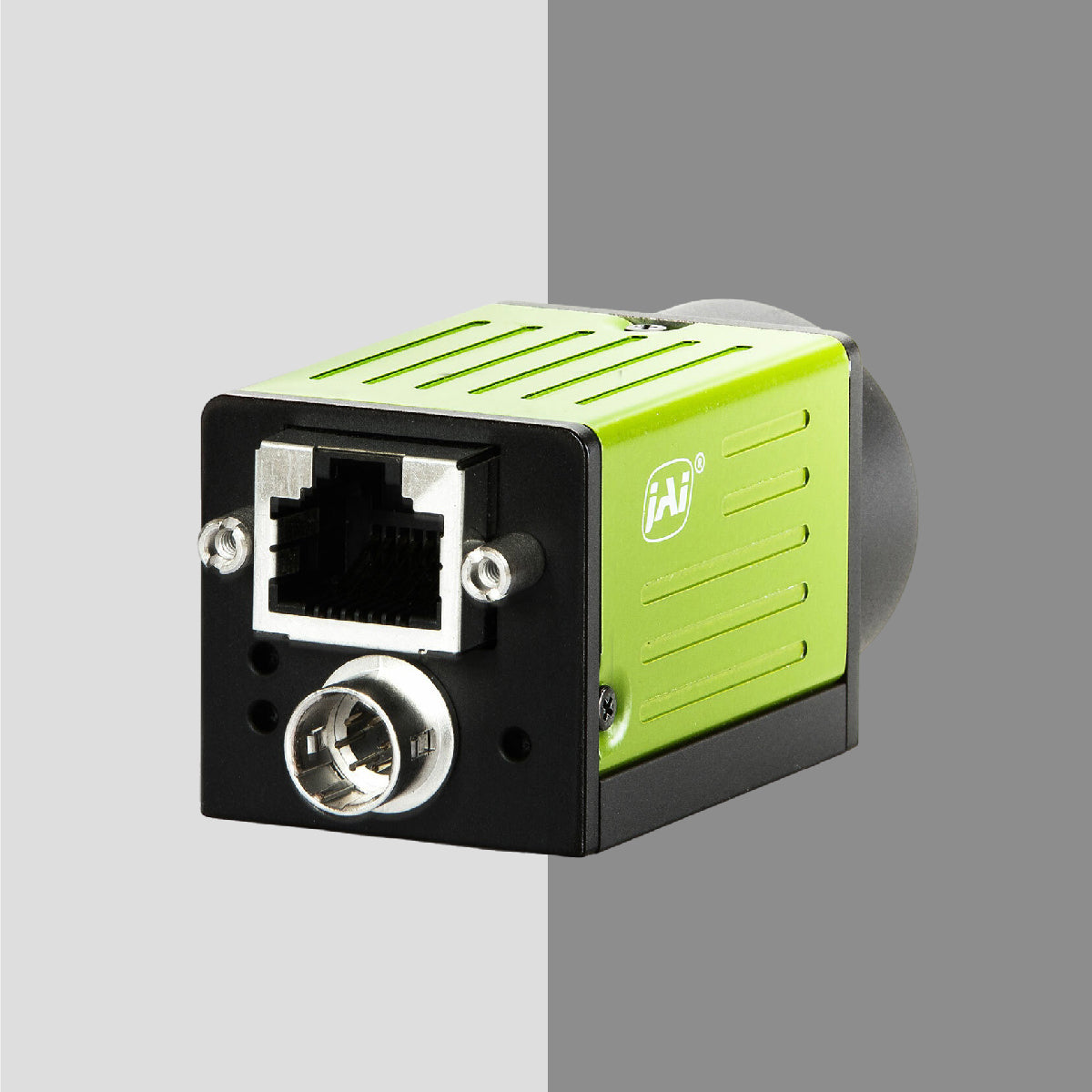
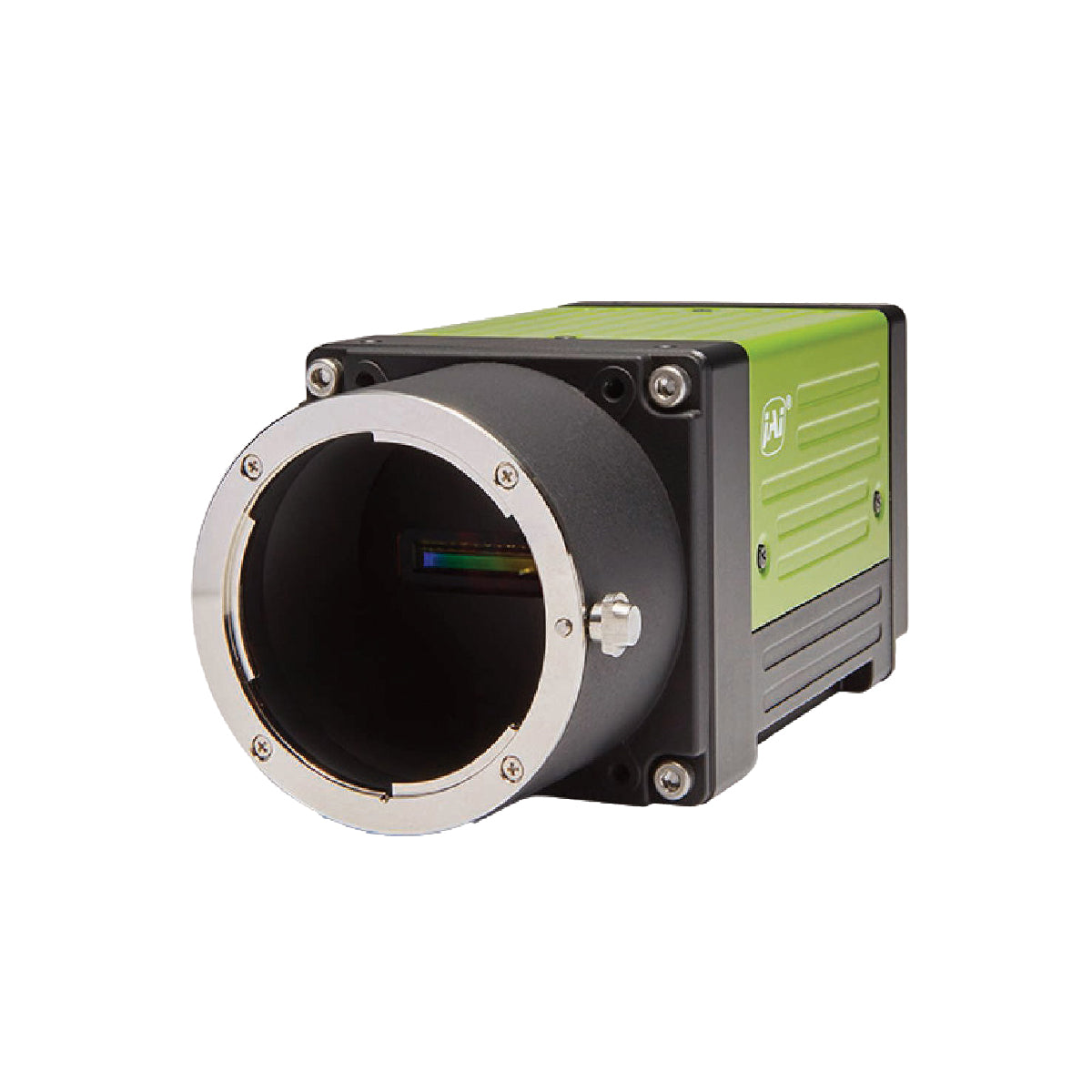
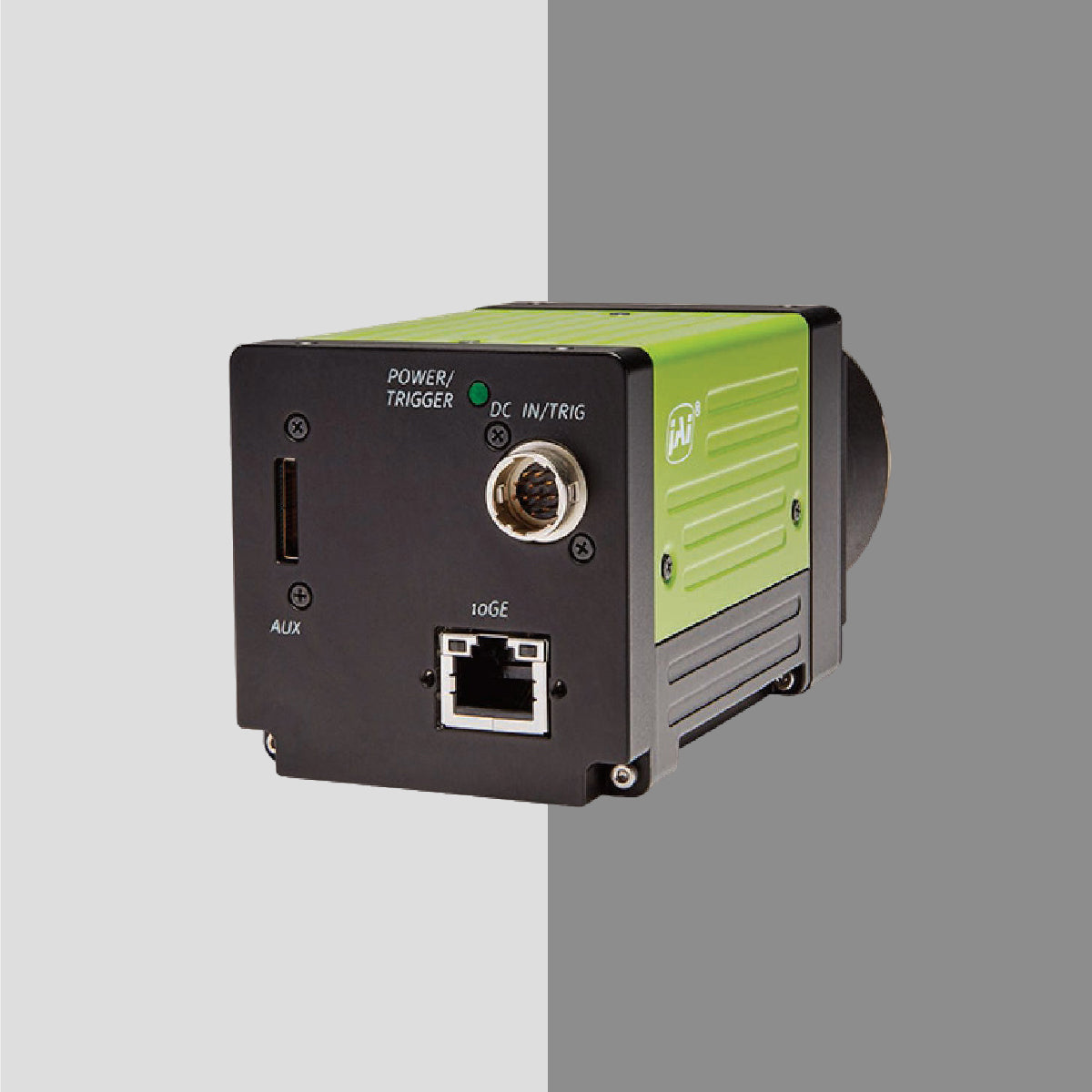
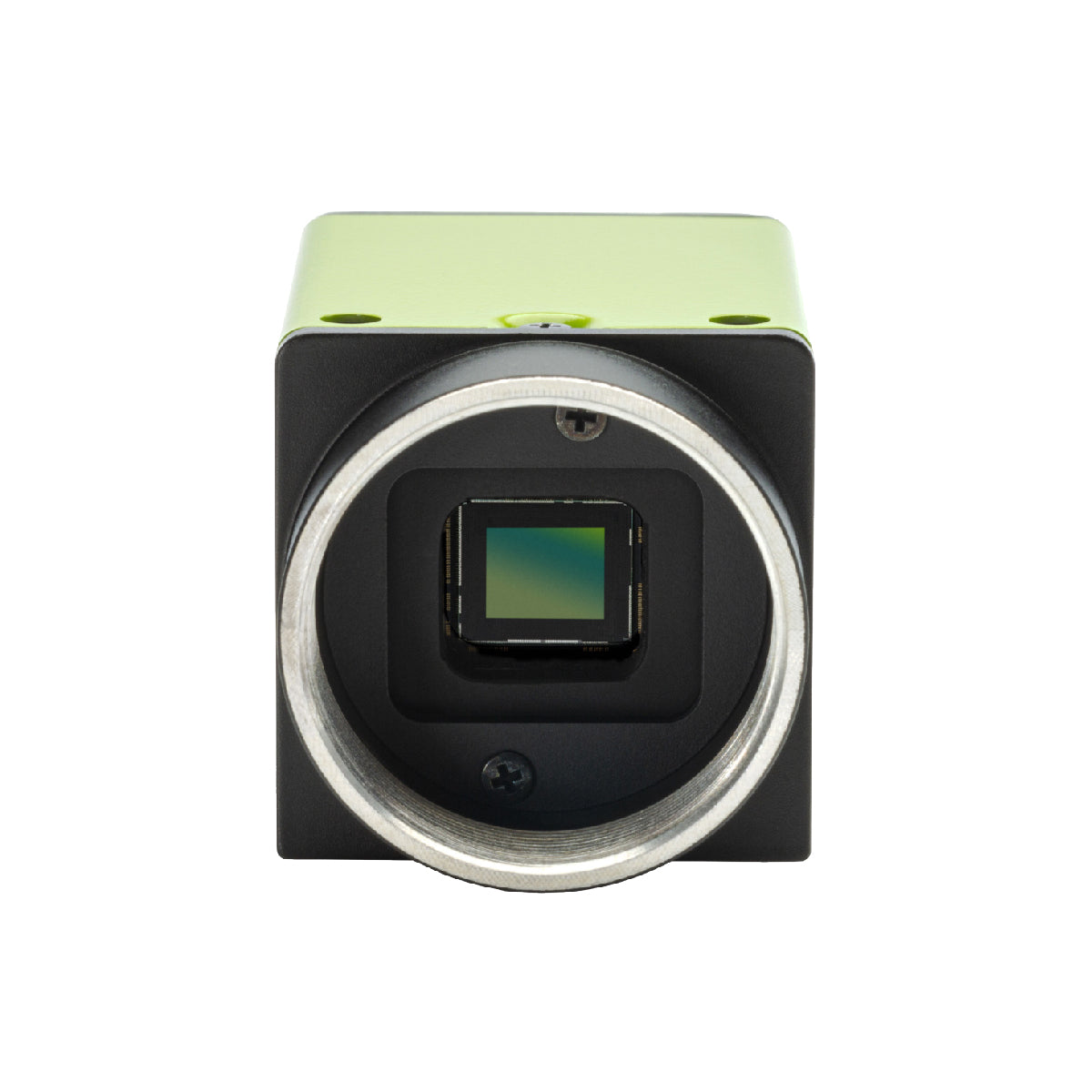

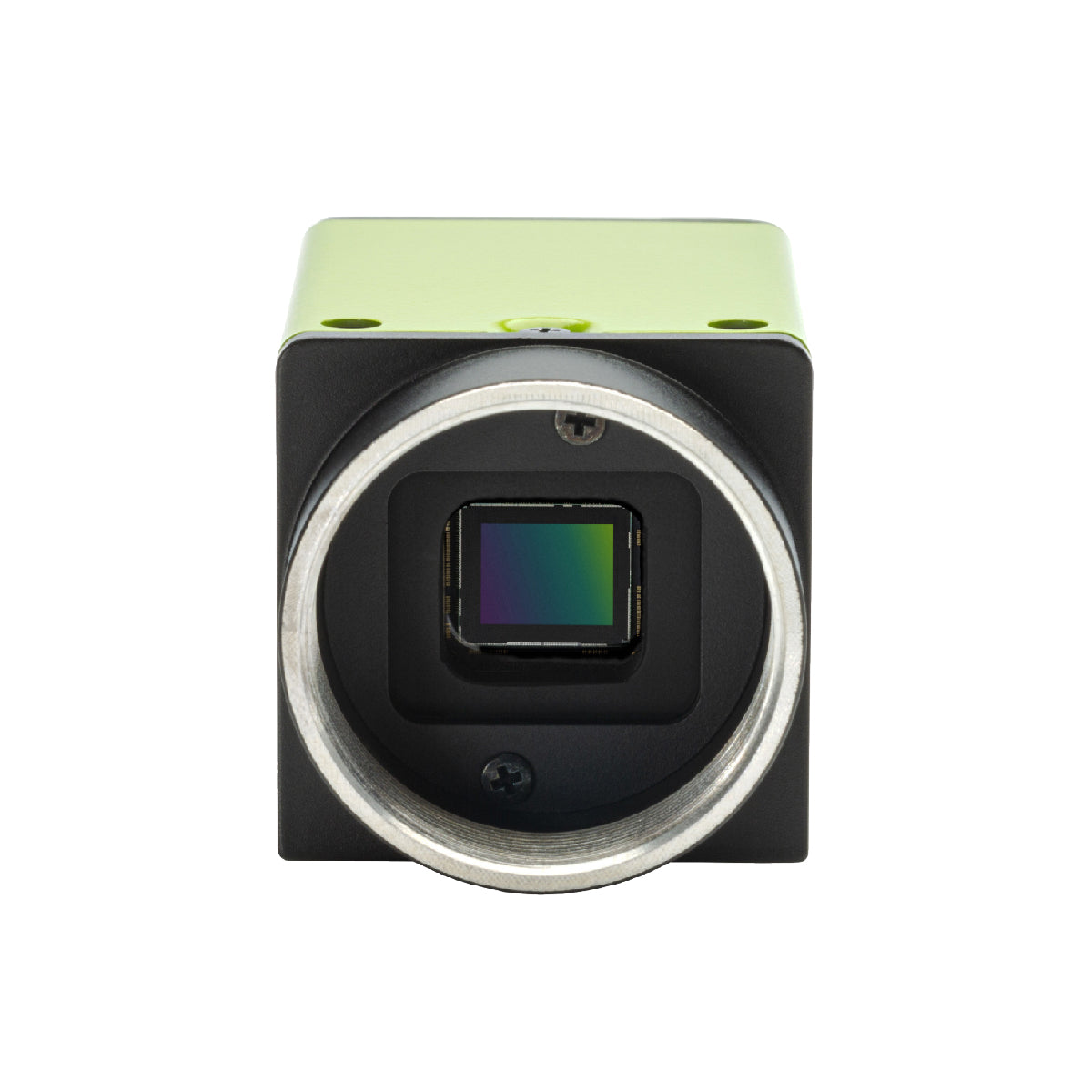
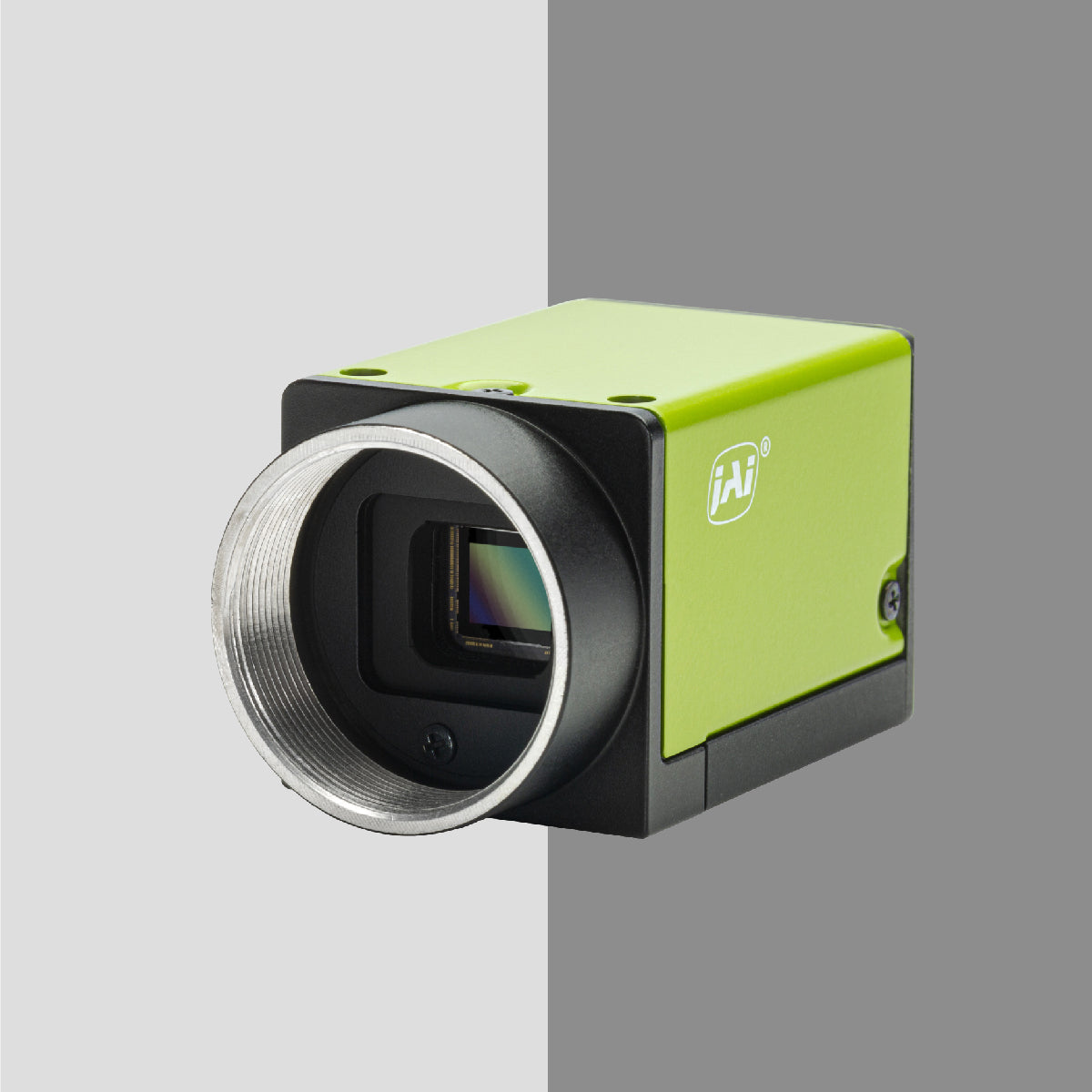

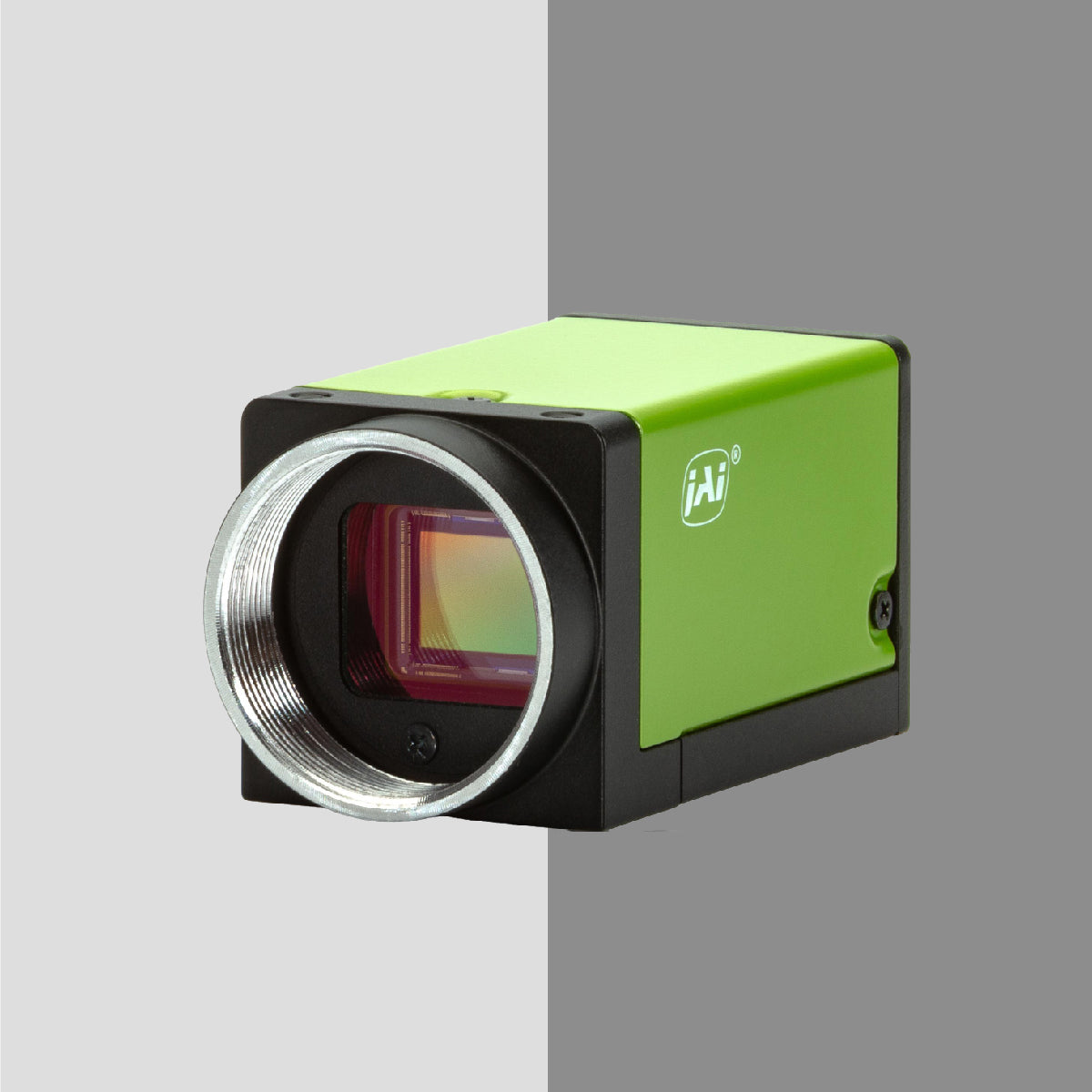
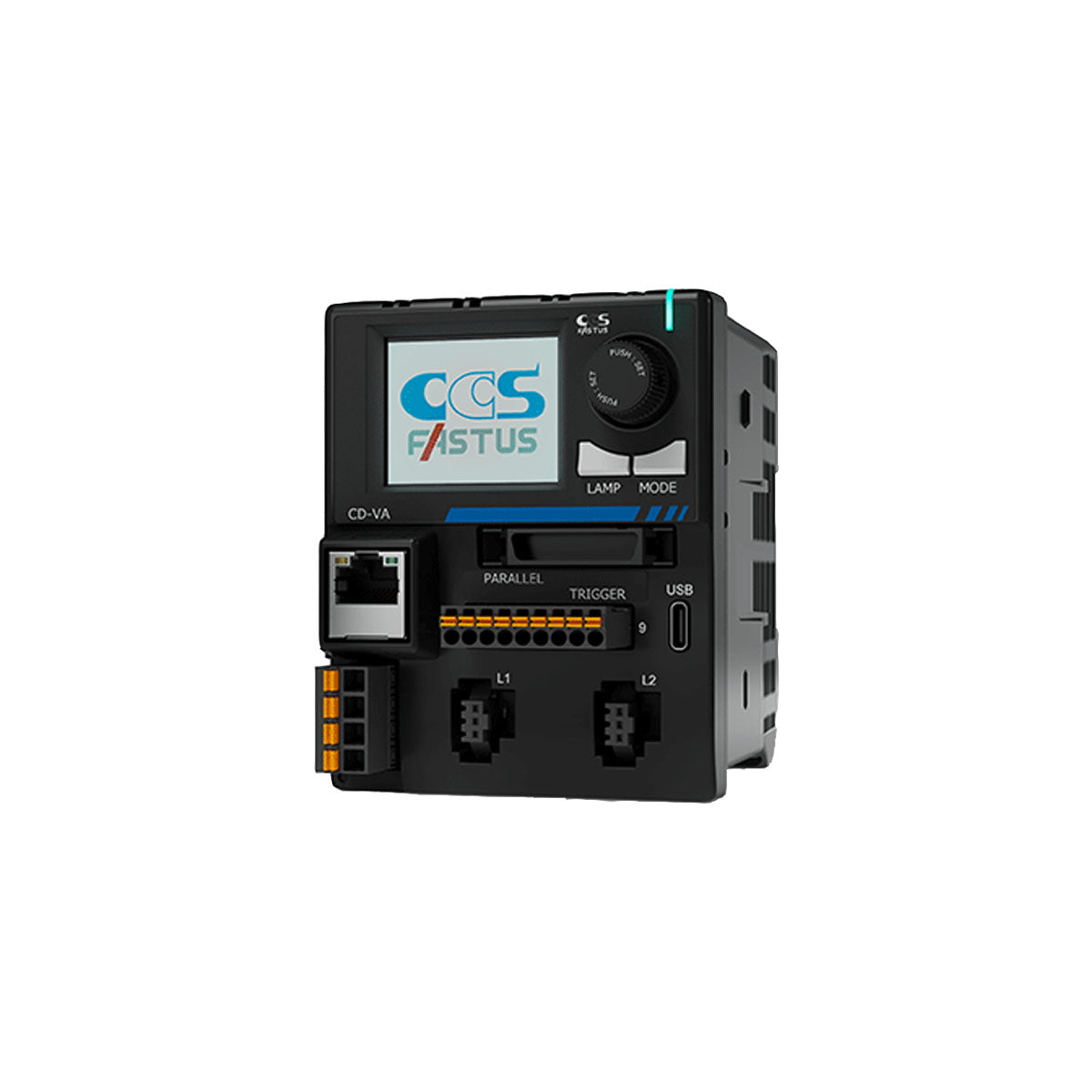

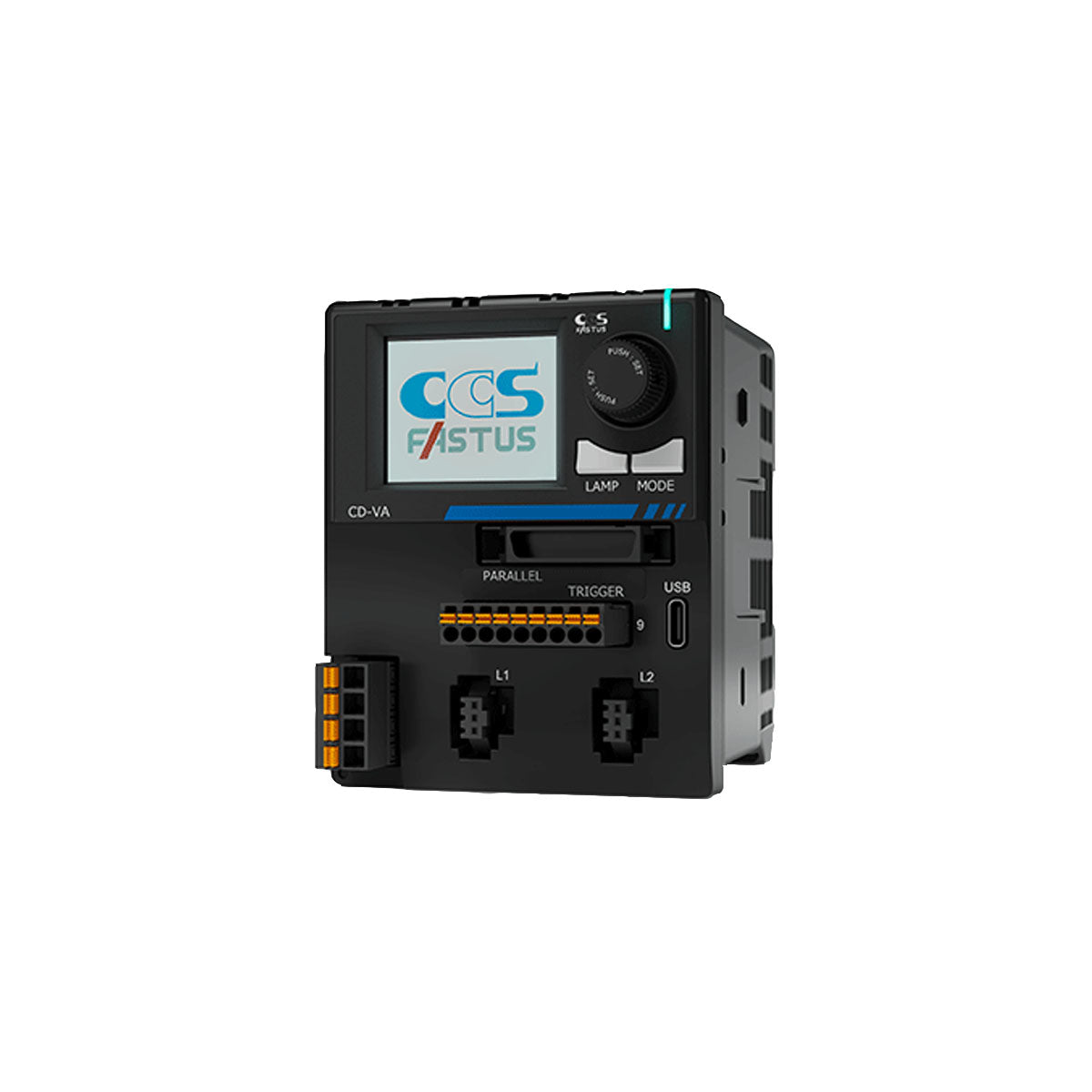

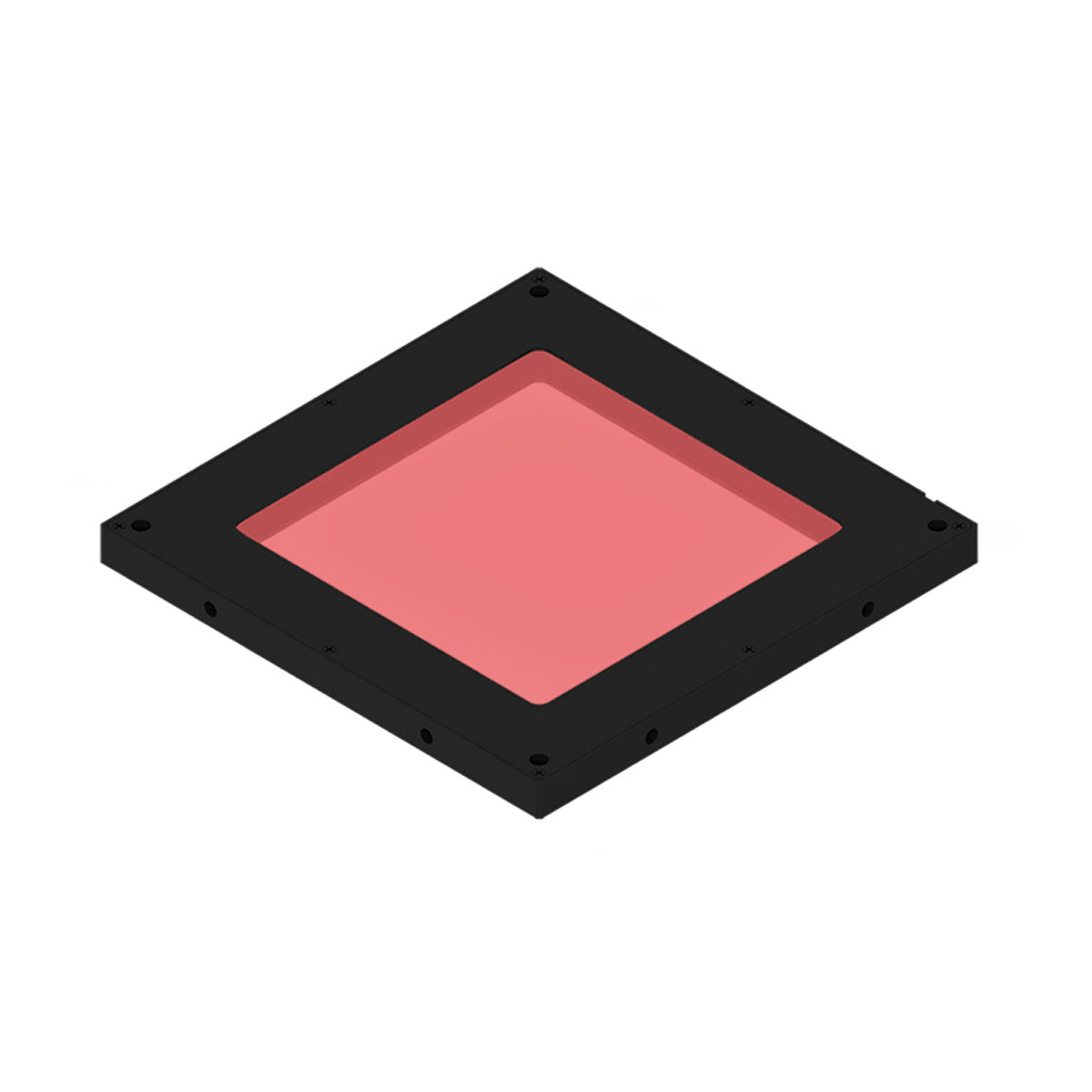


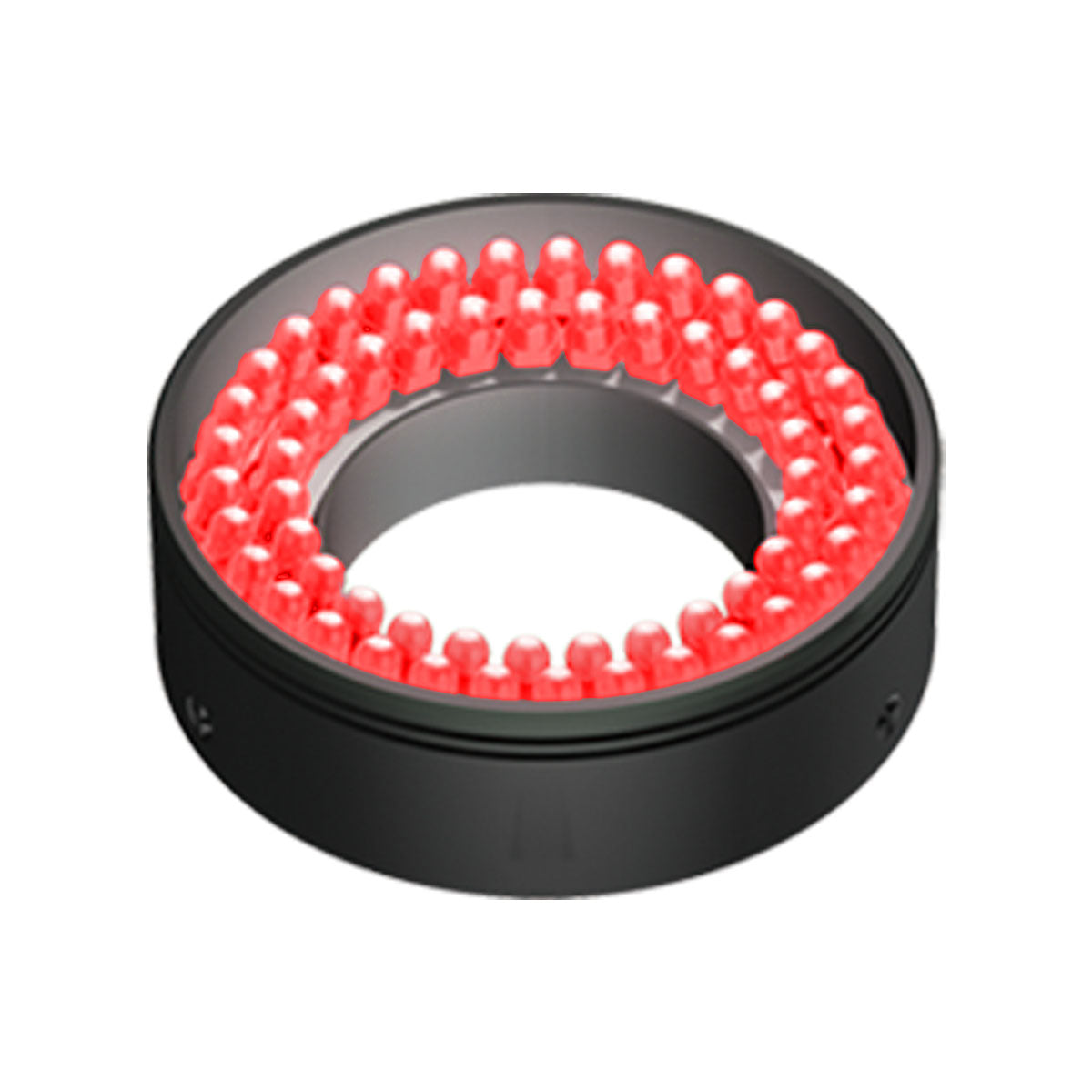
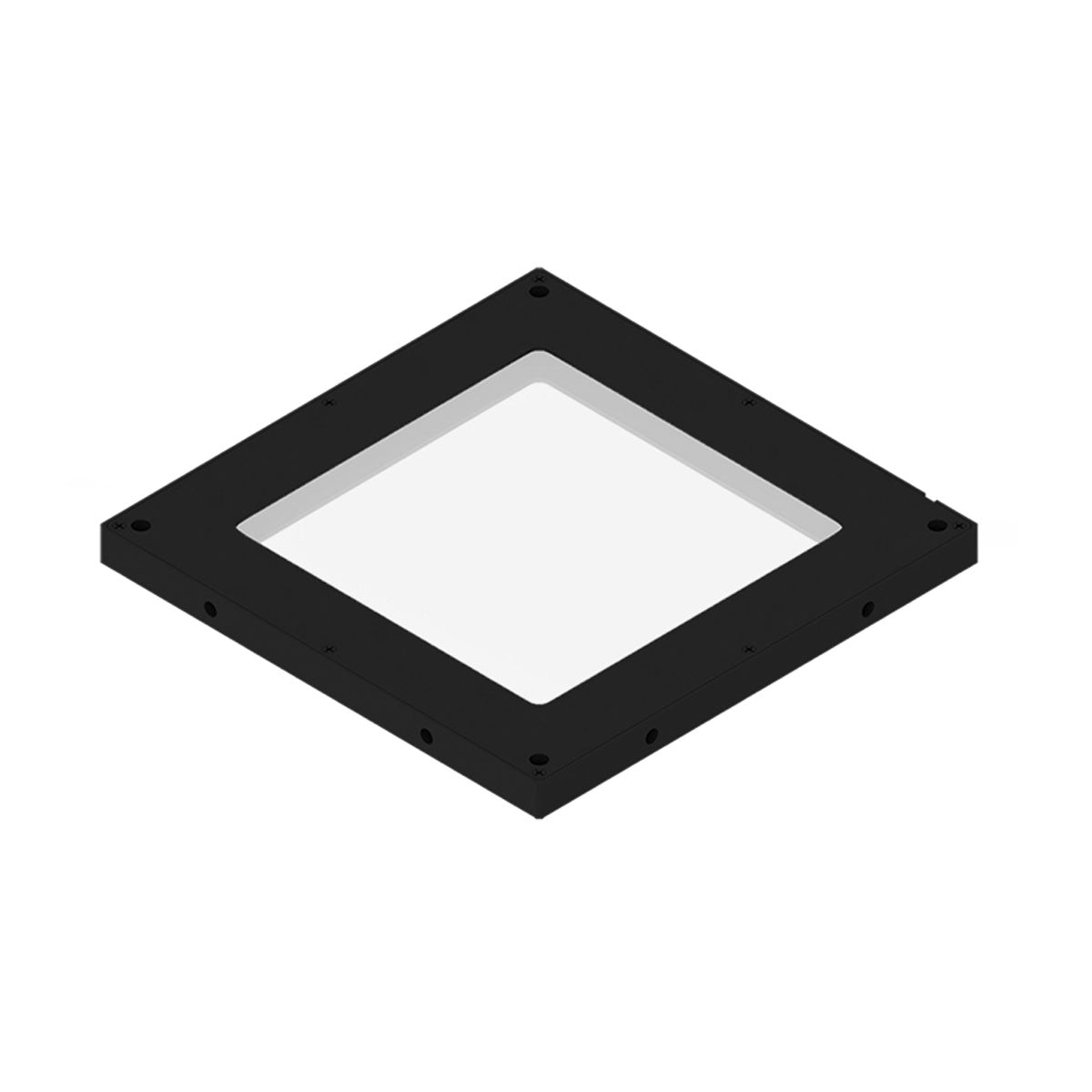

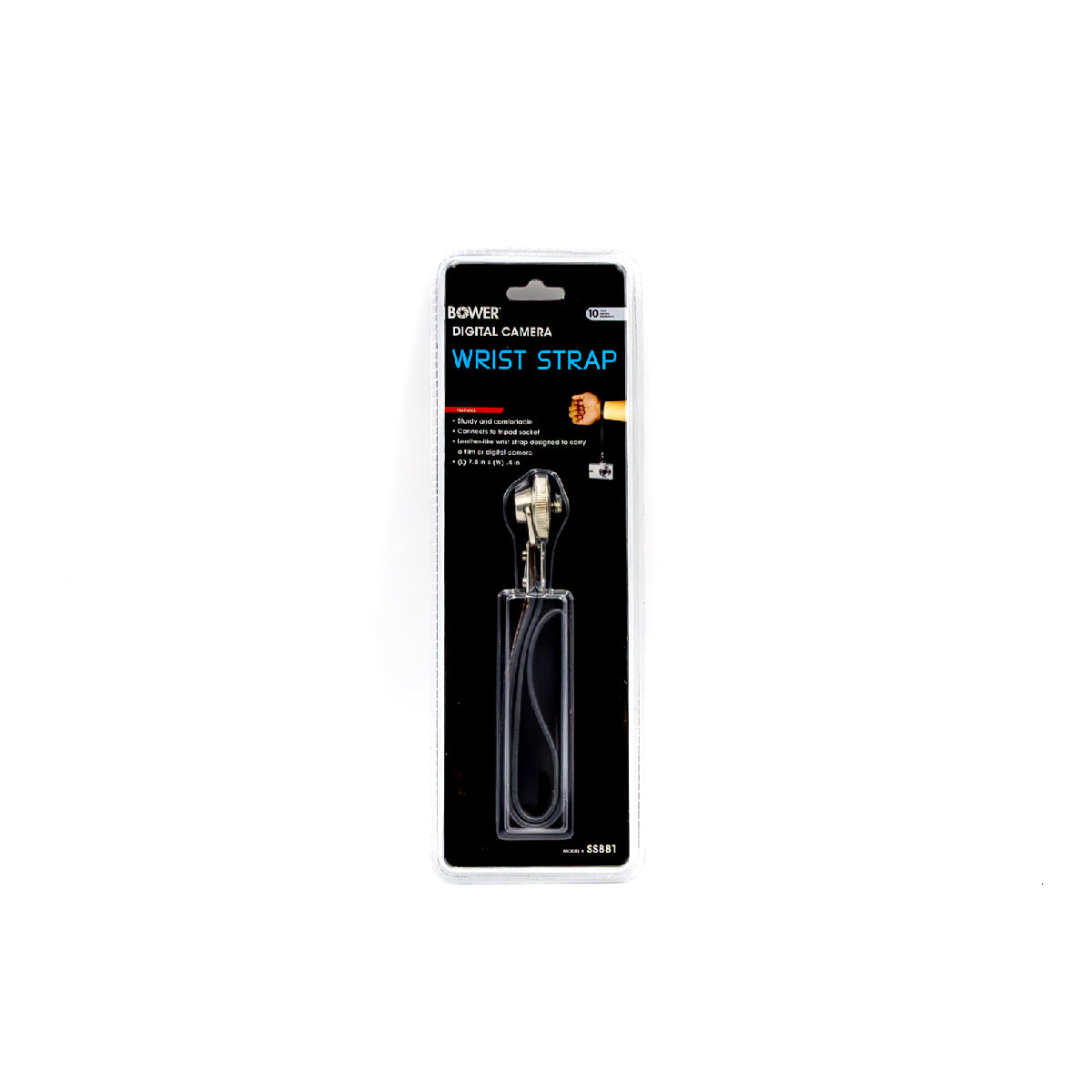
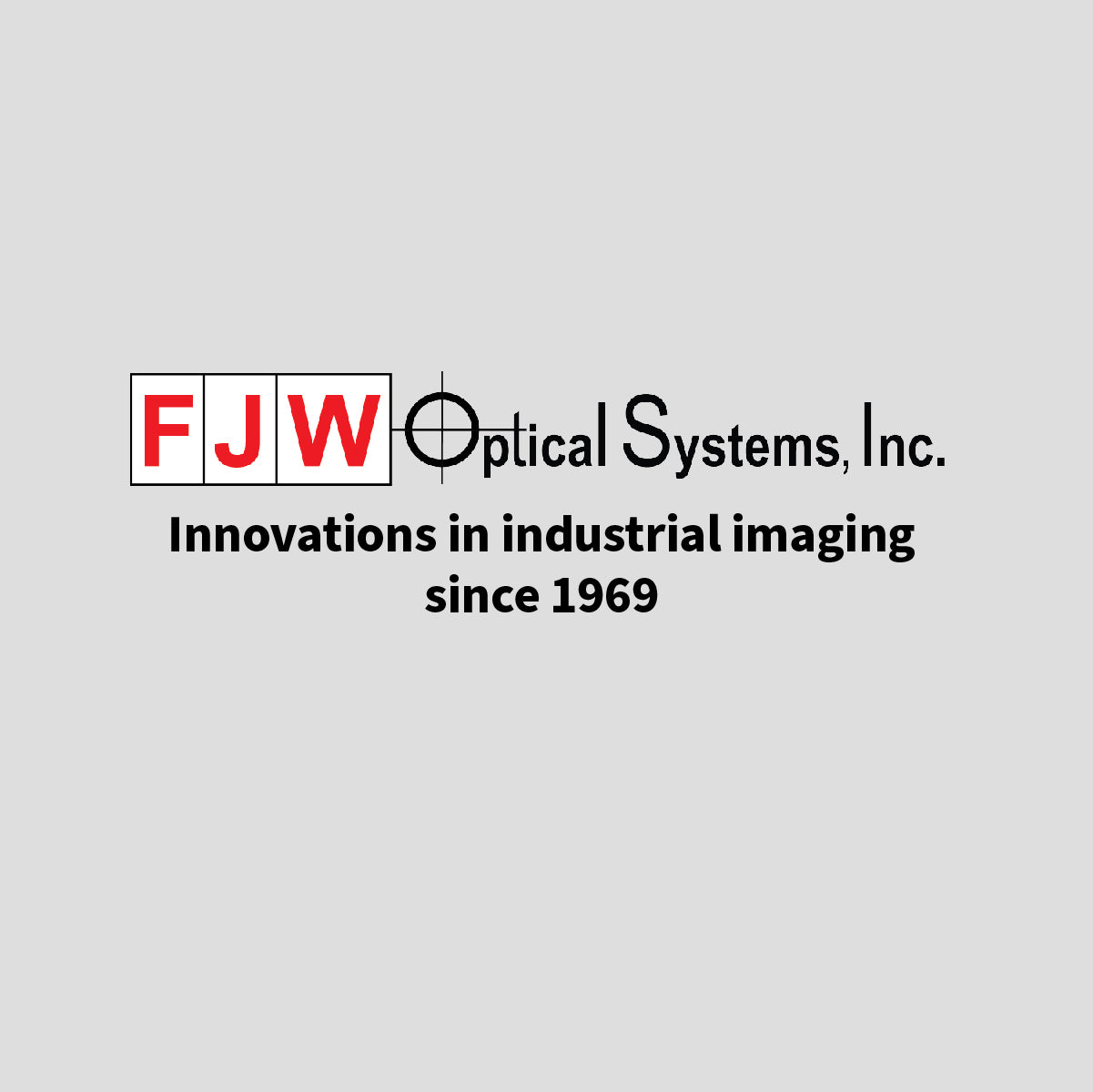

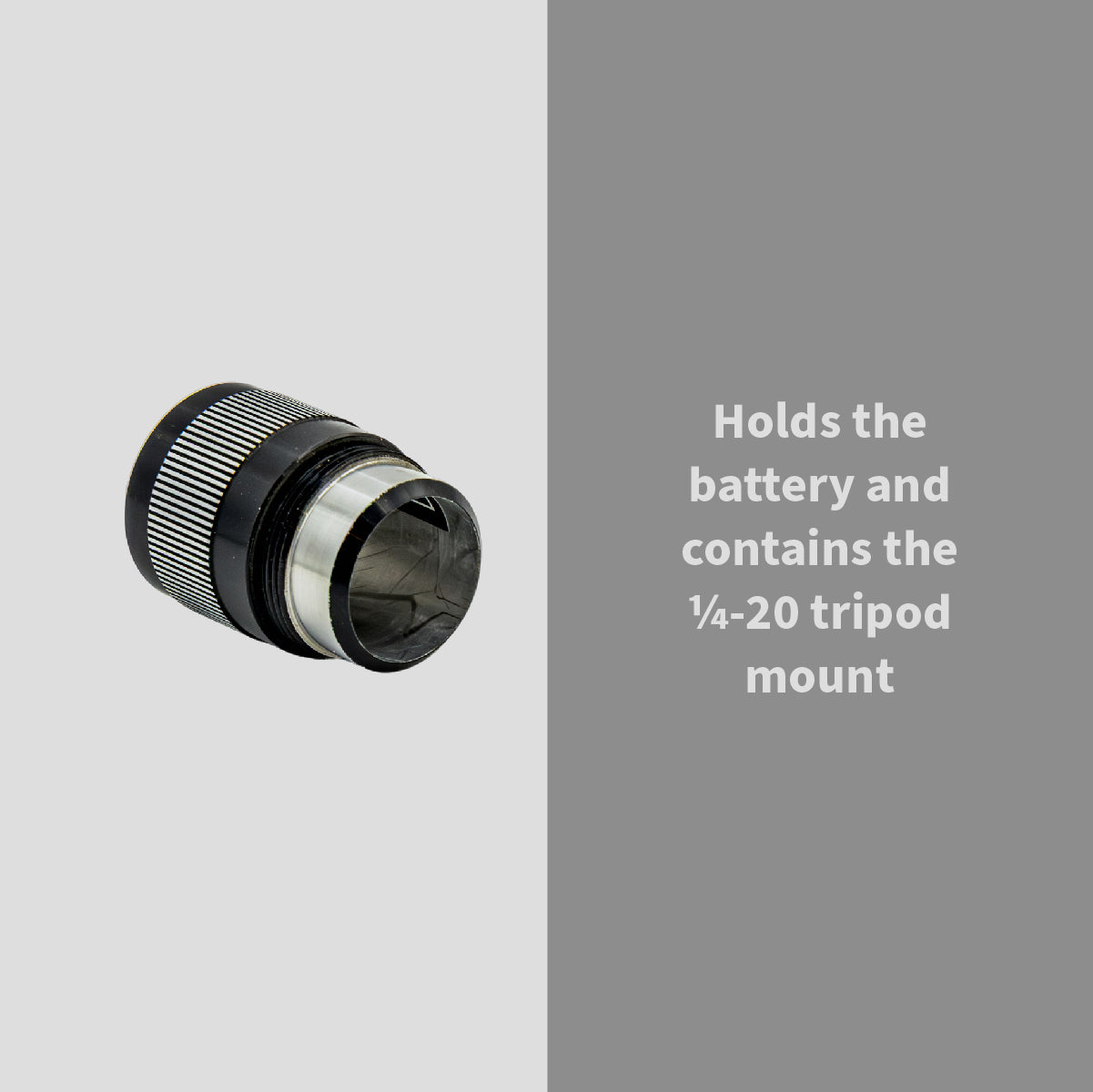


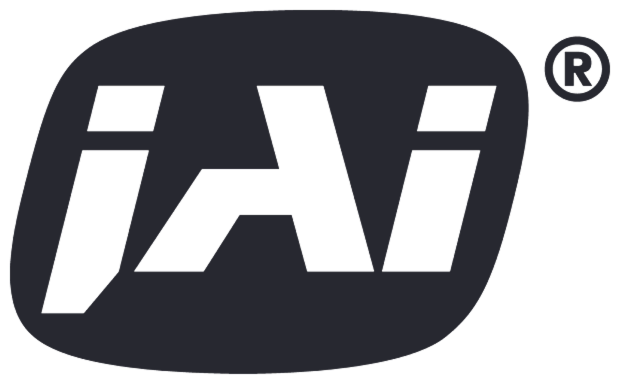




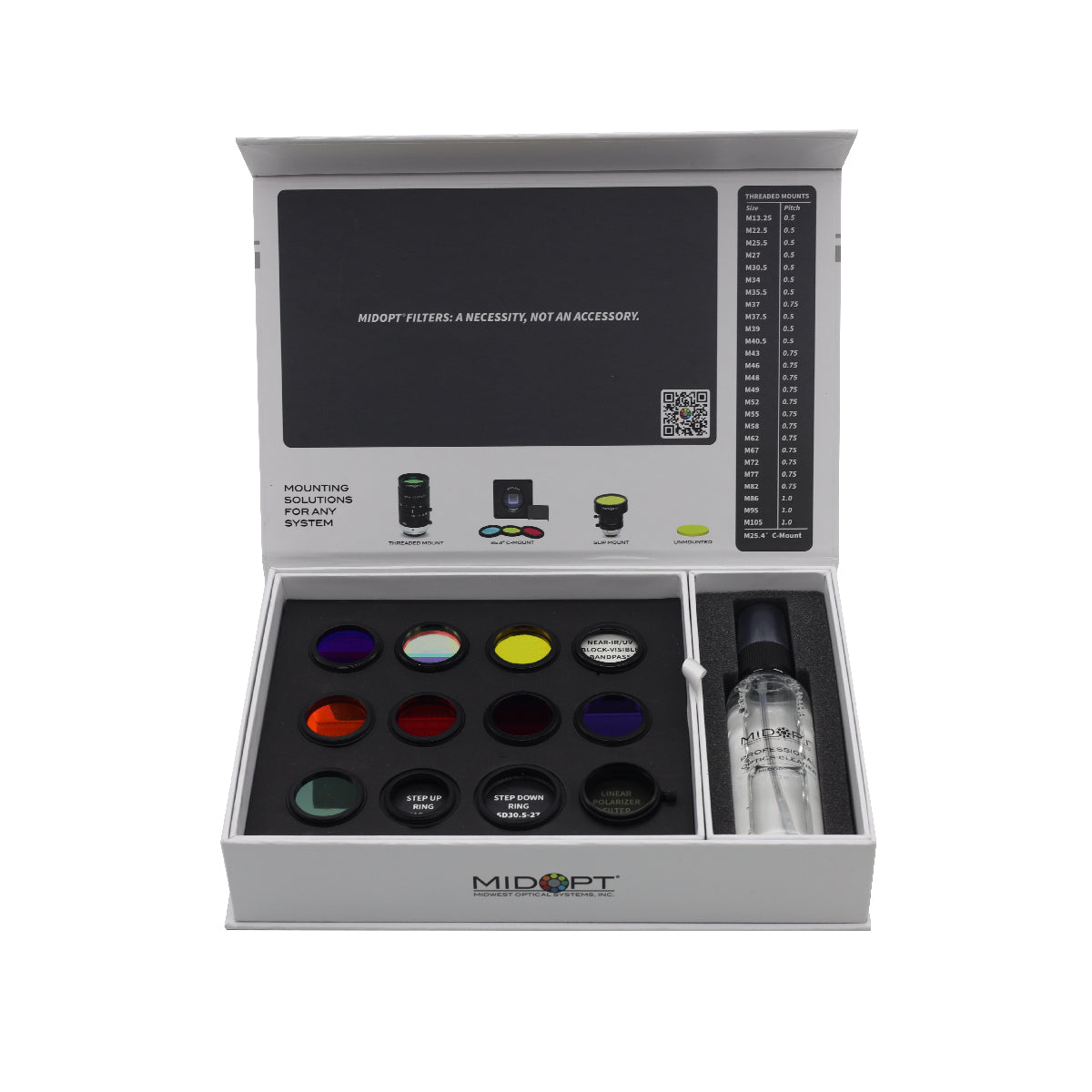



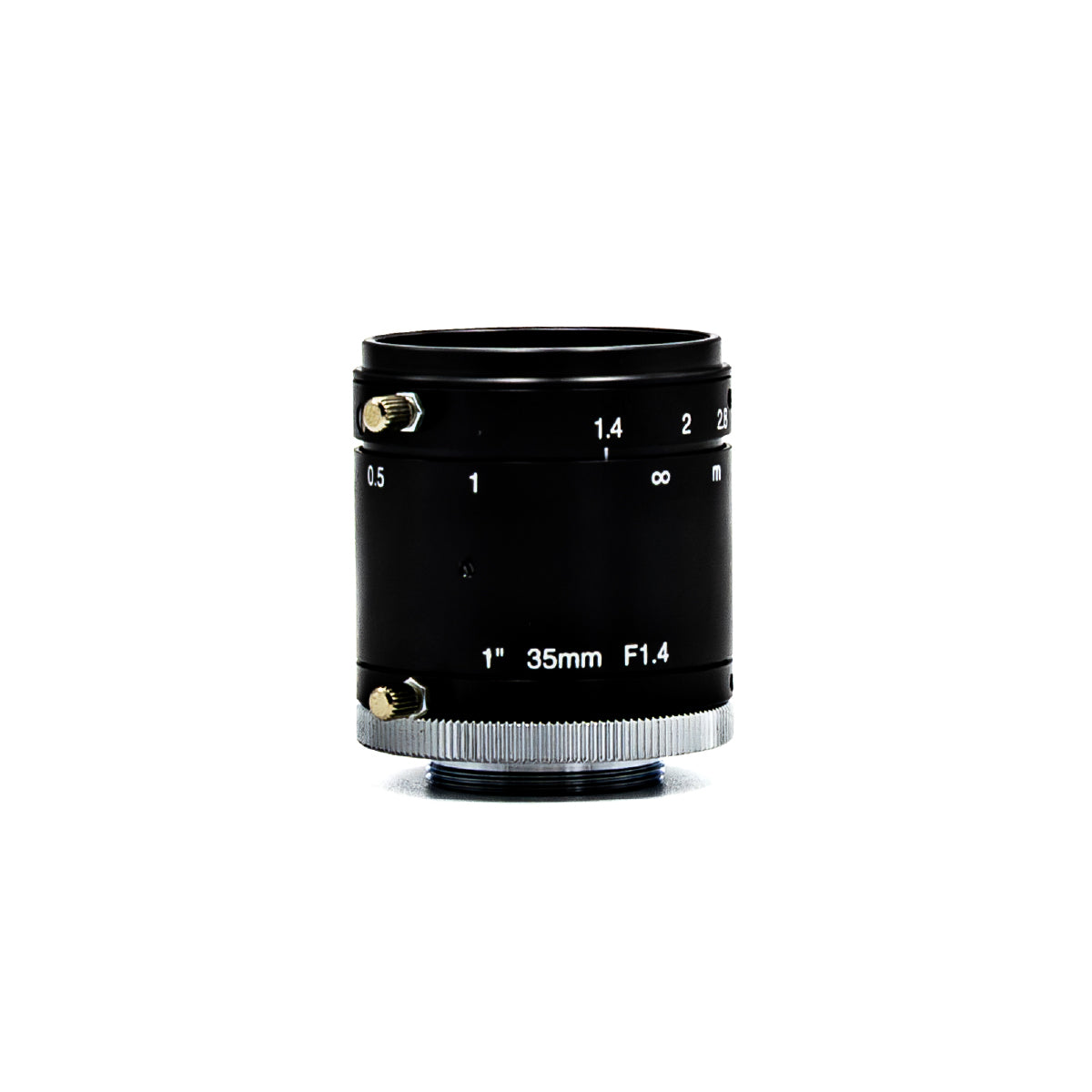

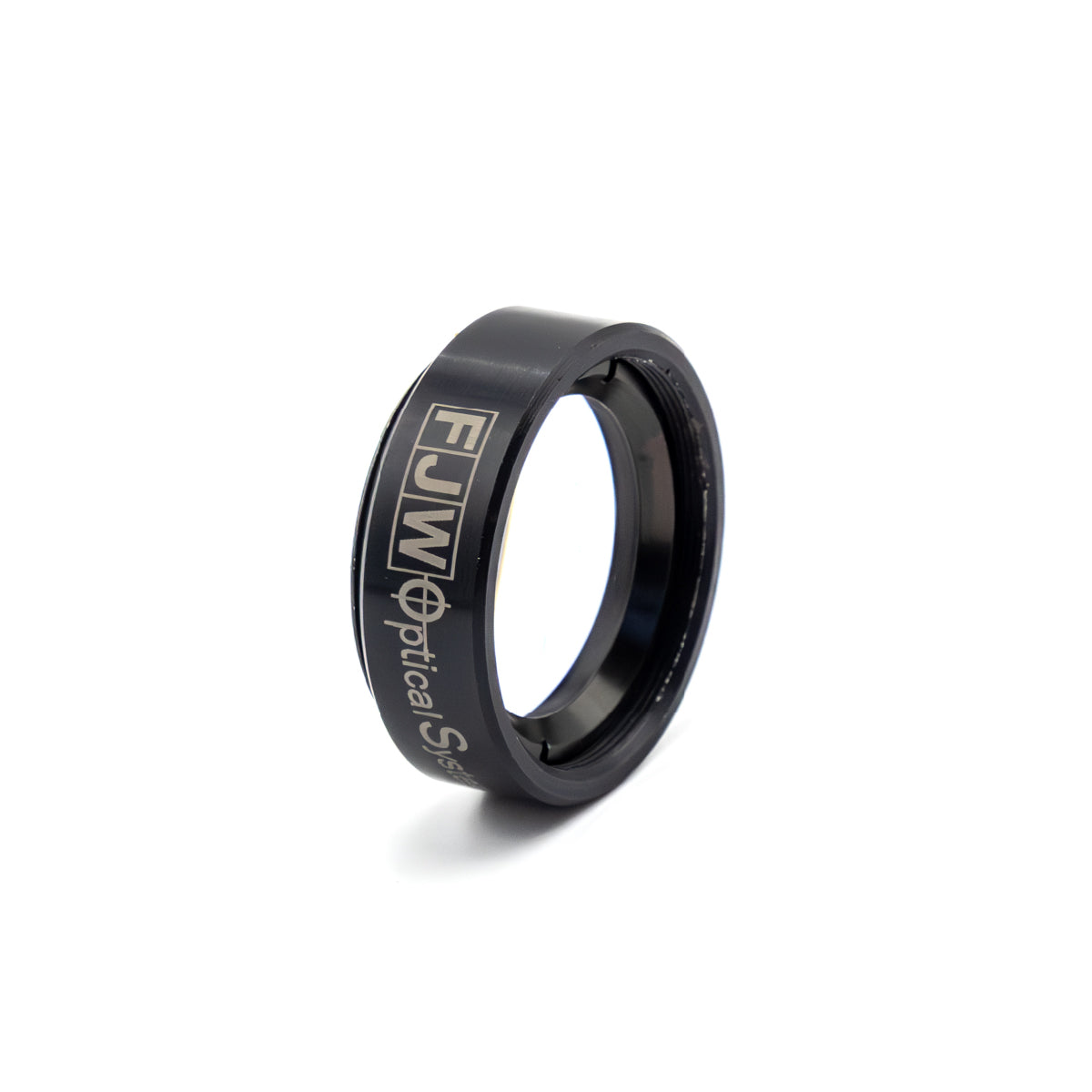
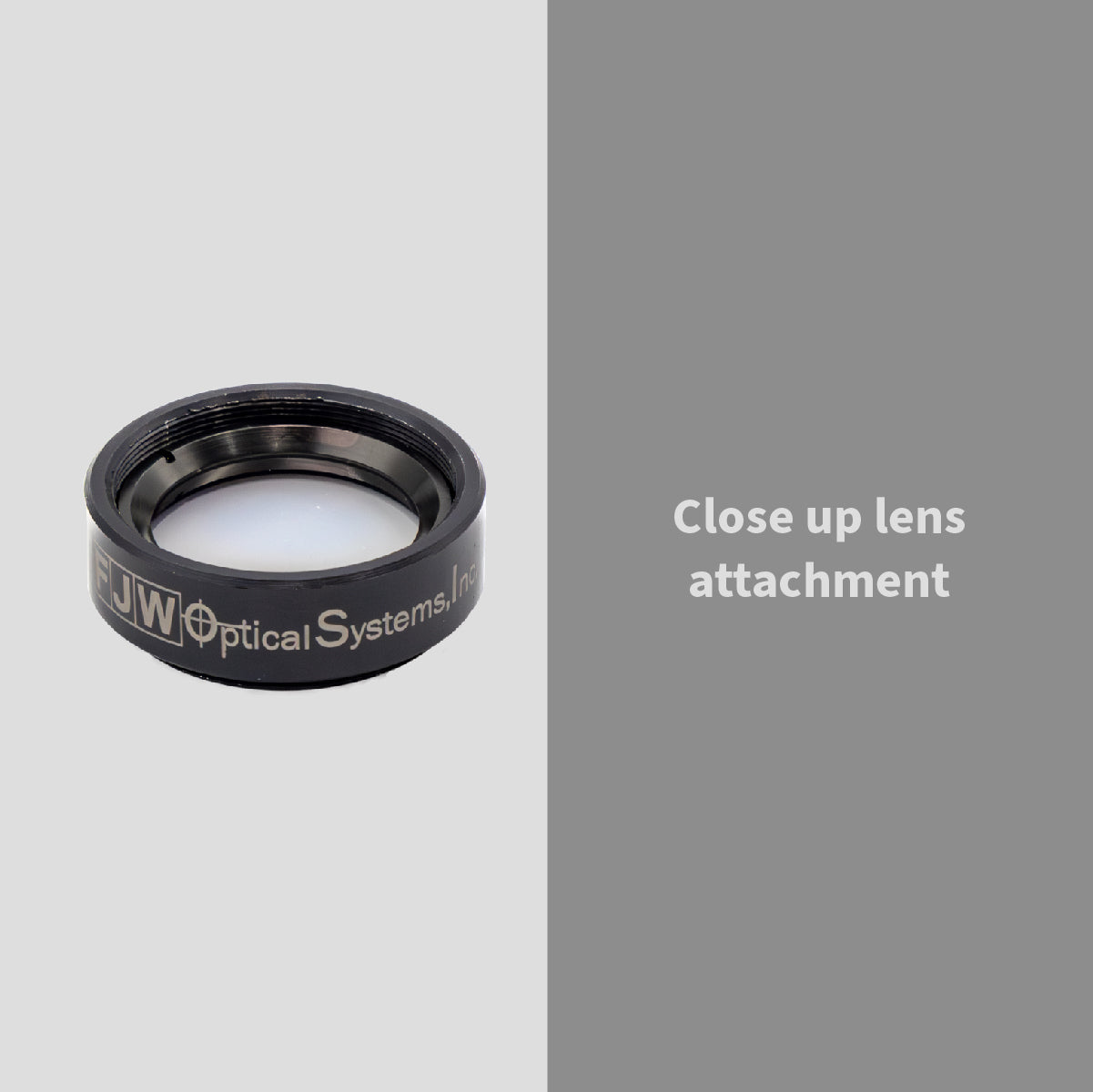
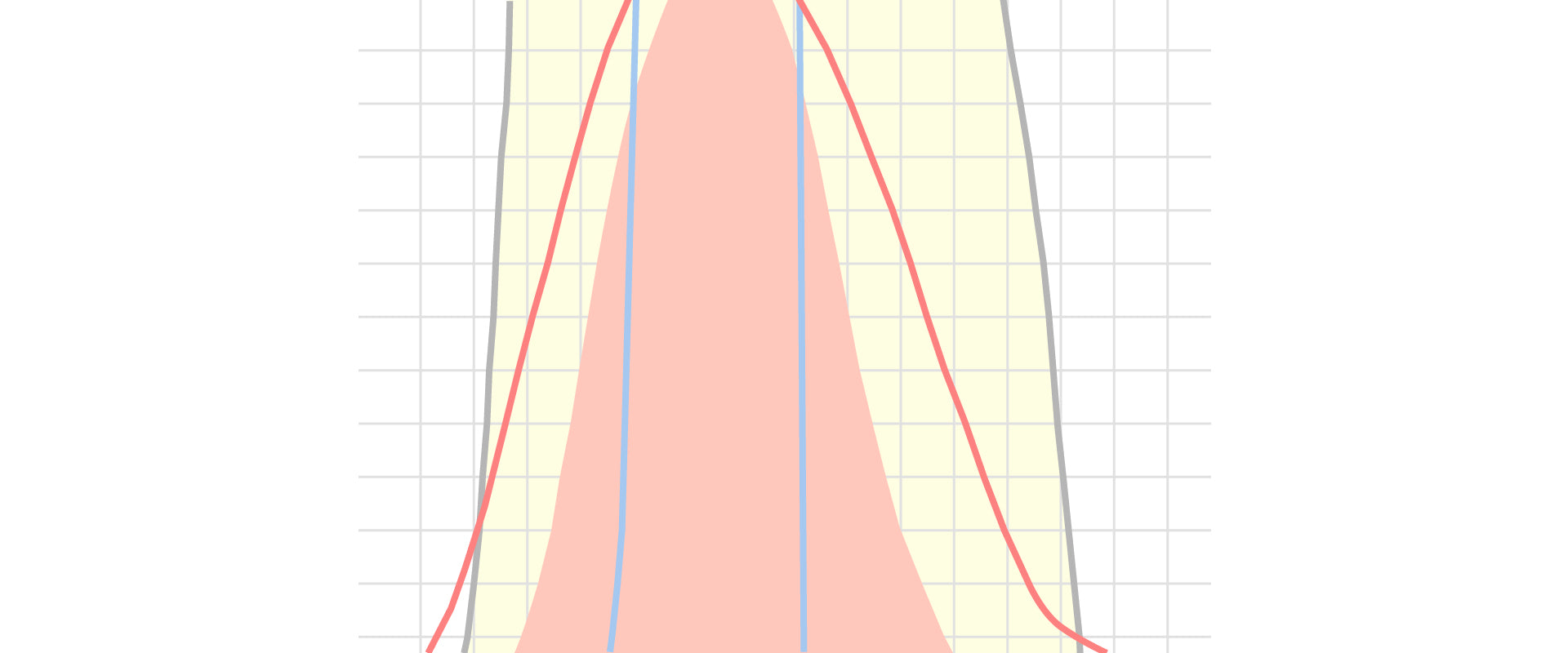

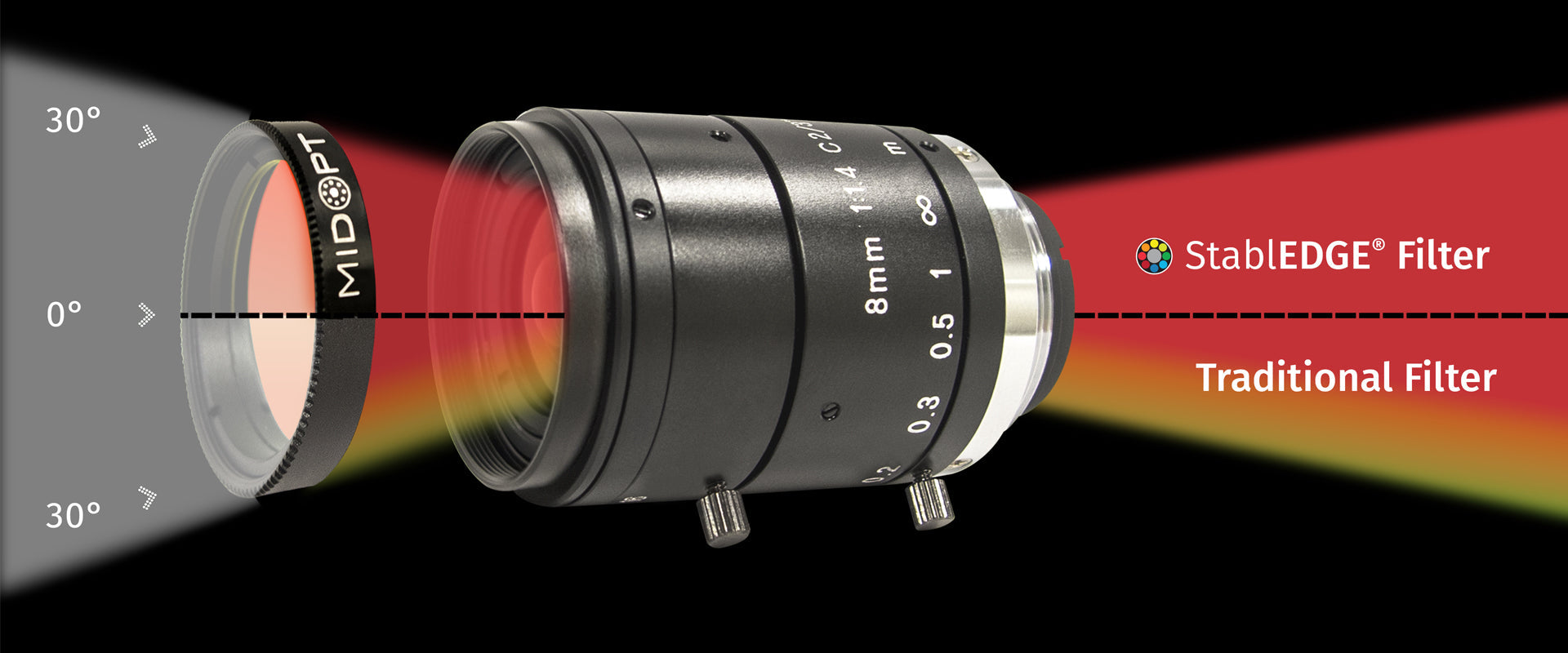
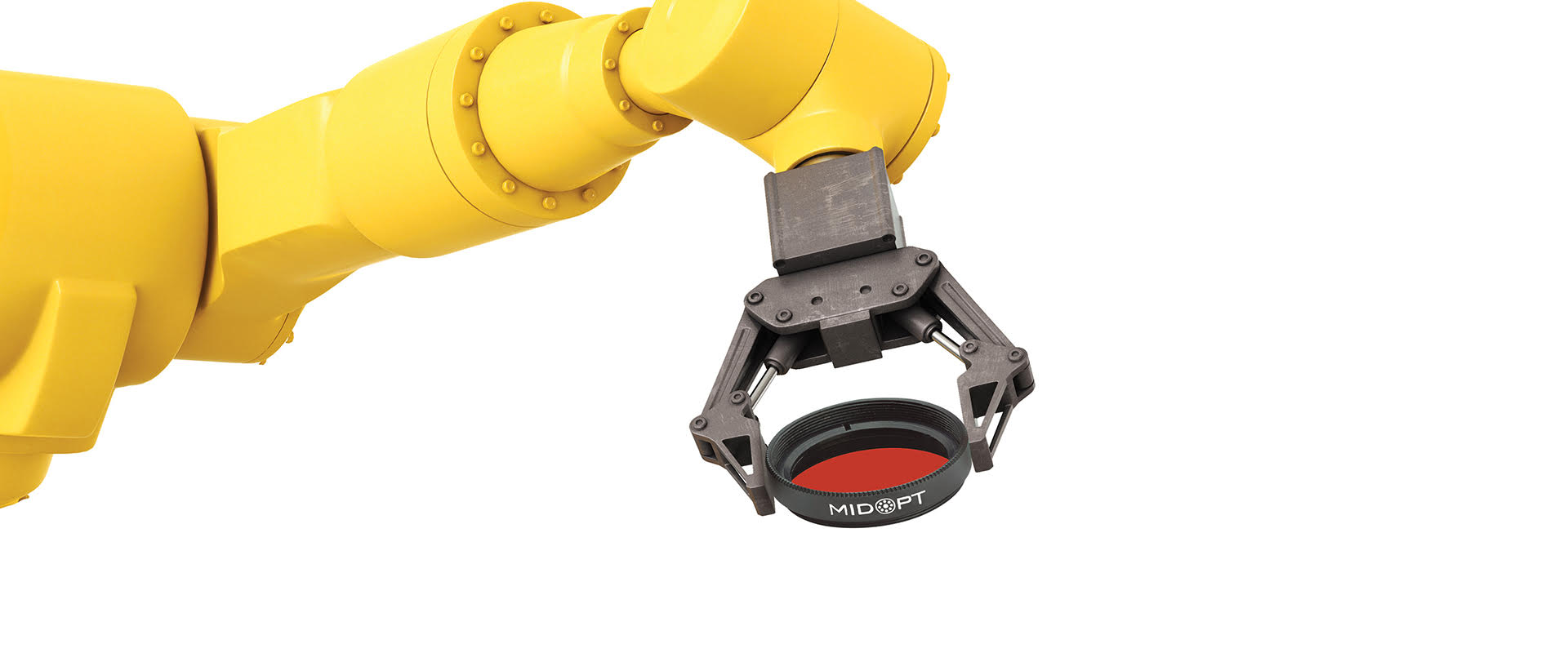

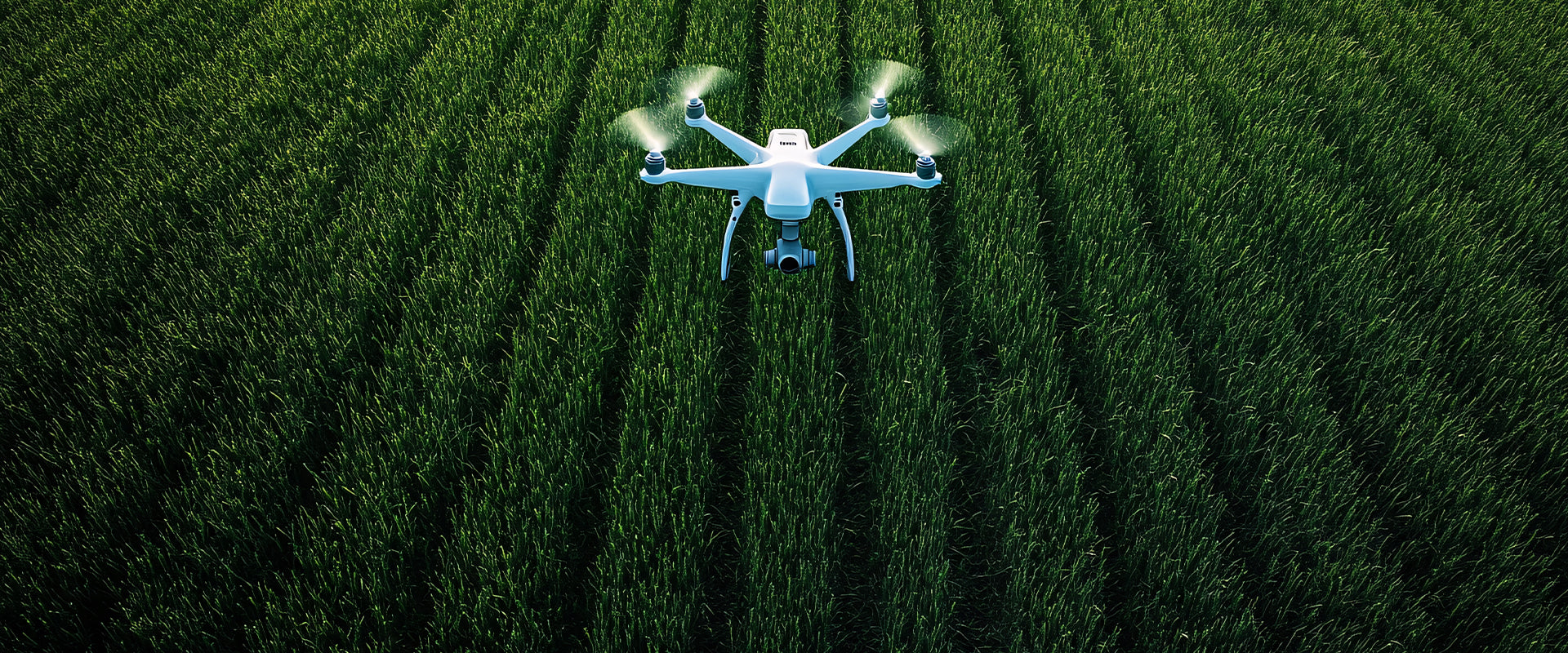




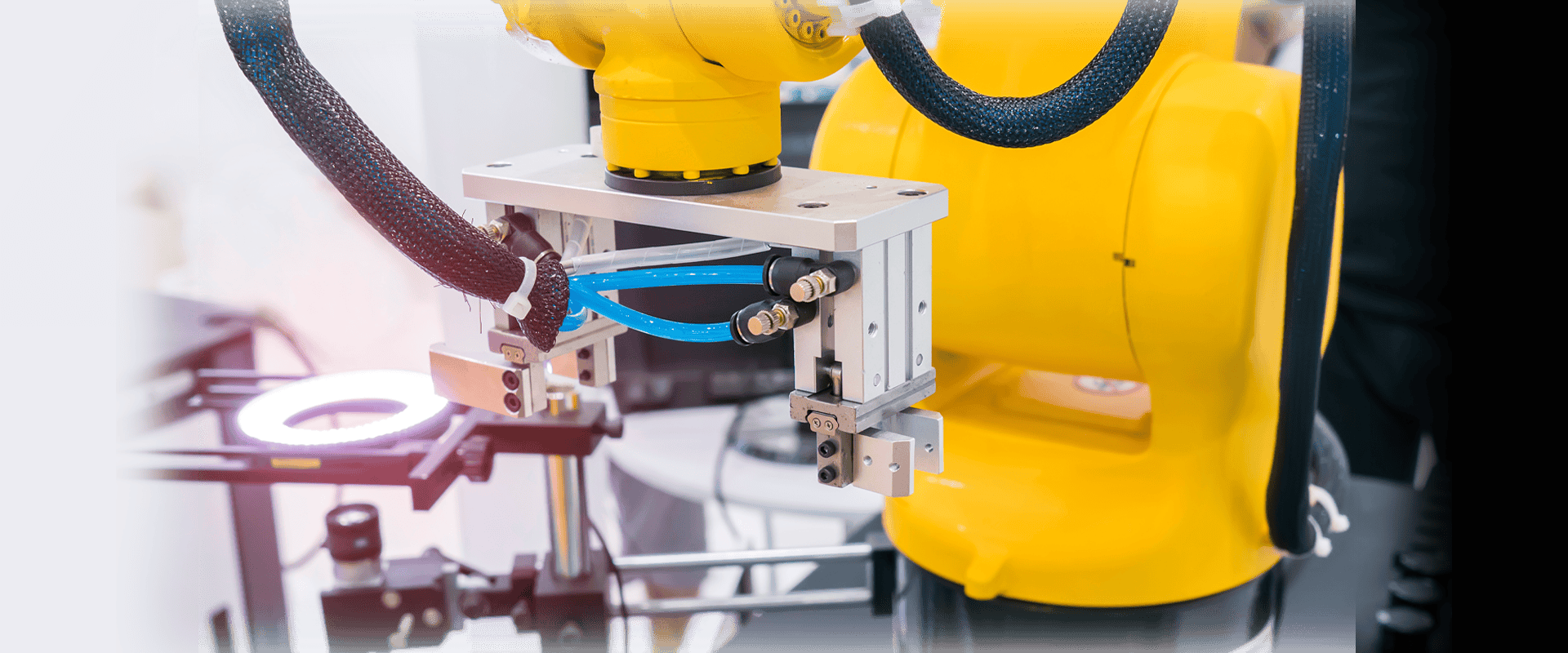

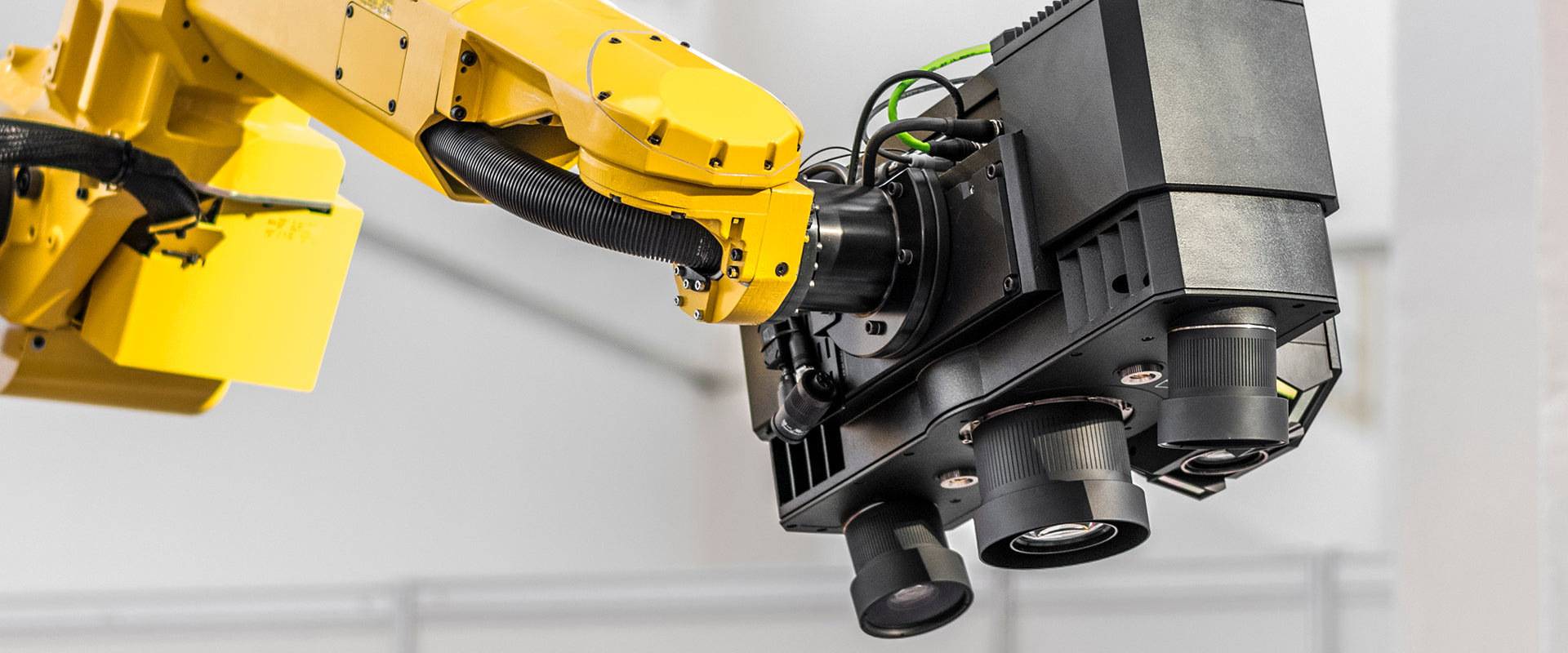

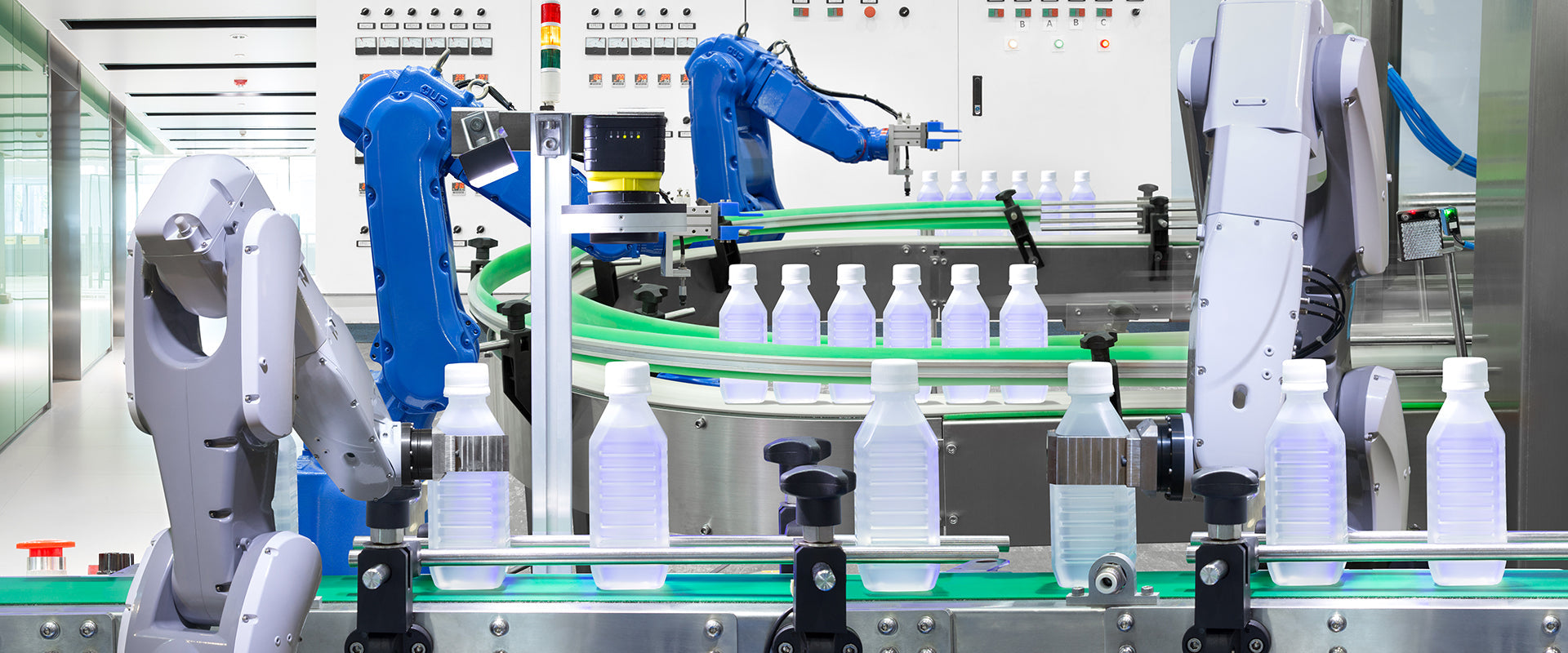
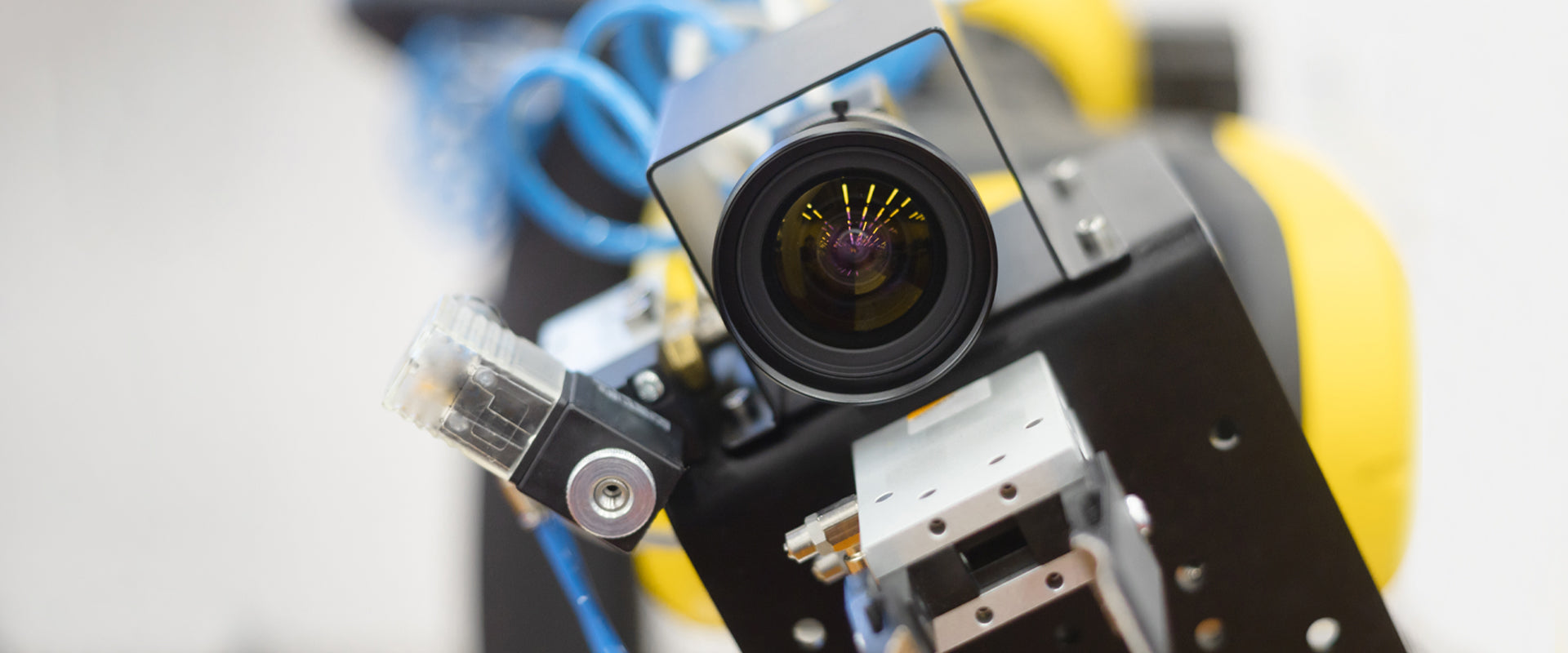
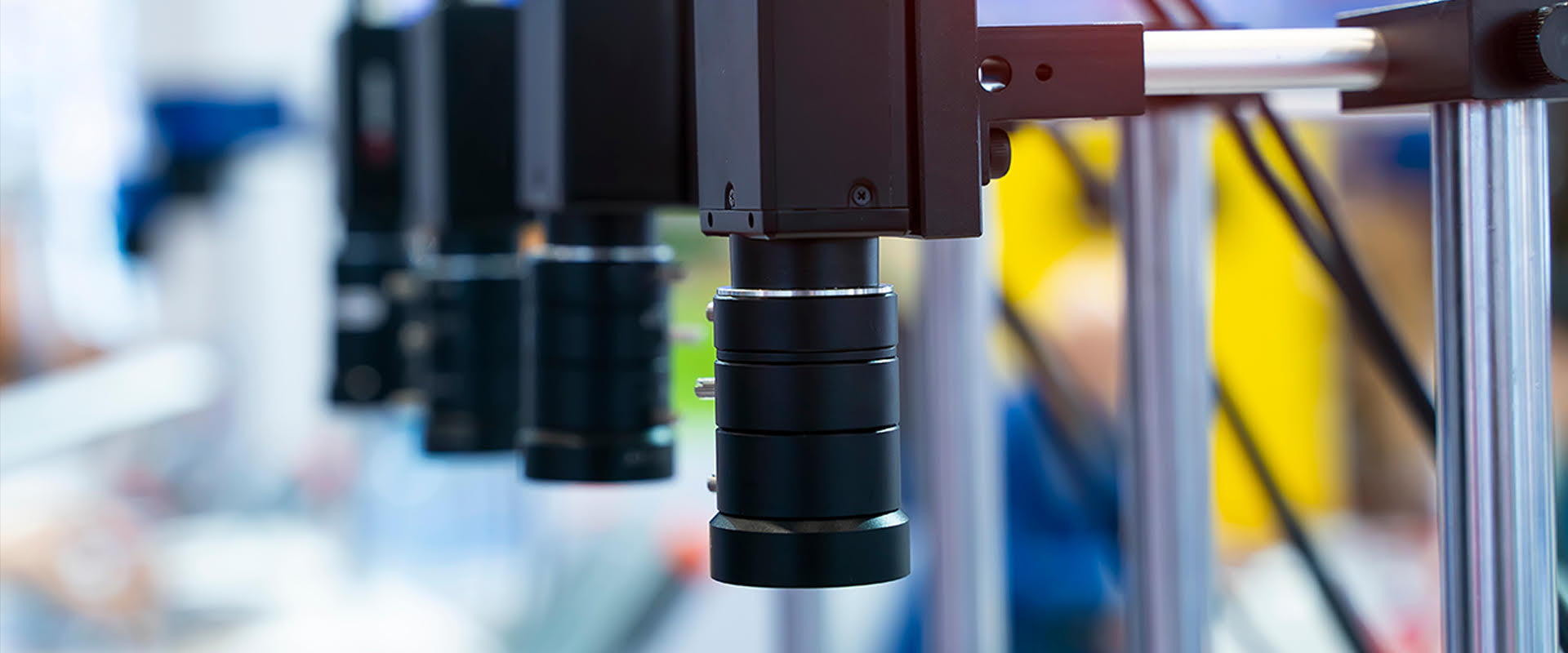
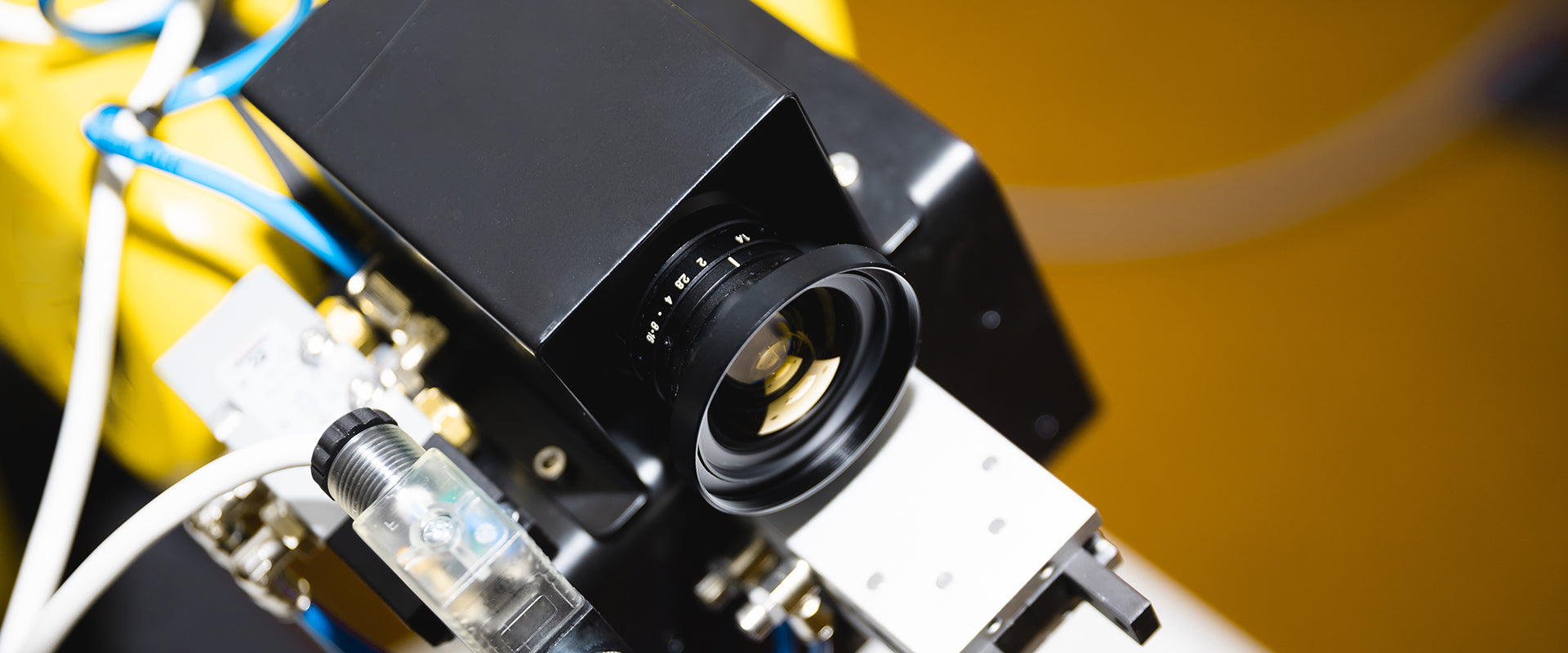
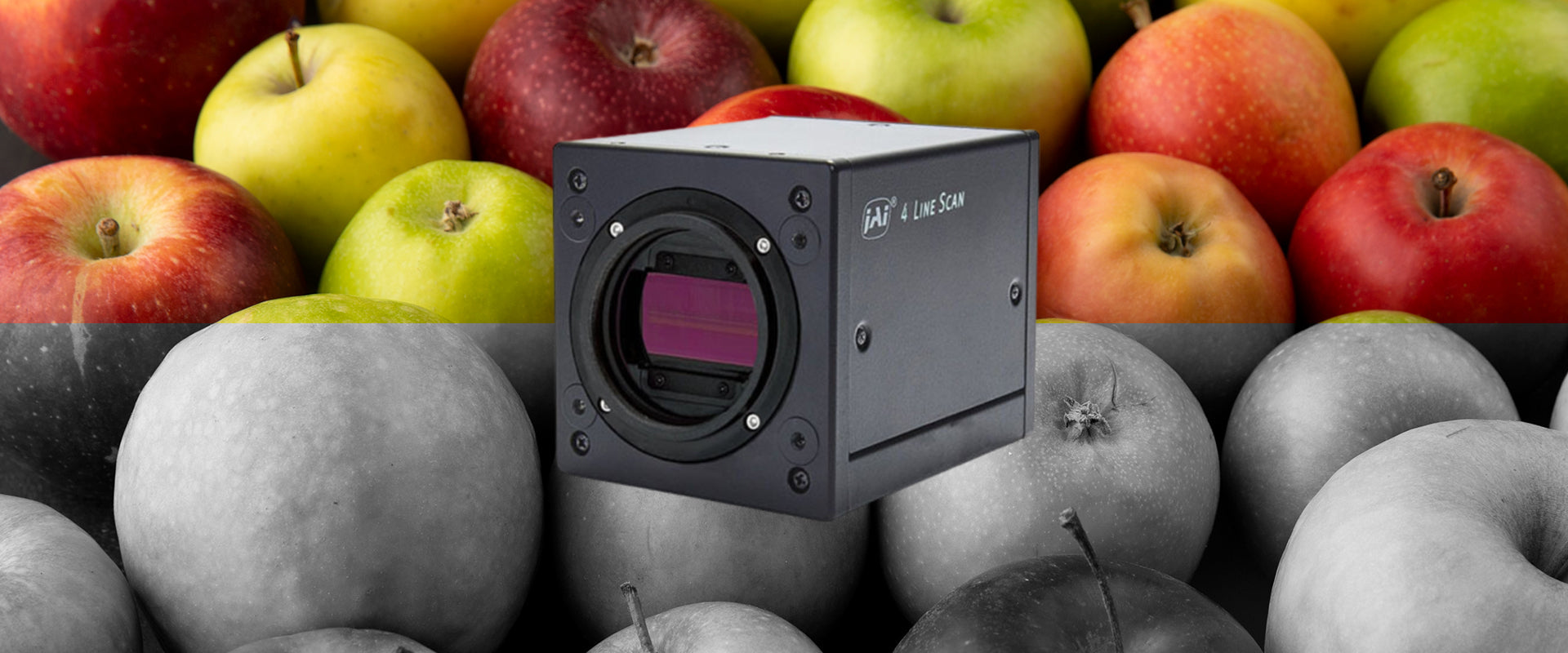
 Lighting
Lighting

